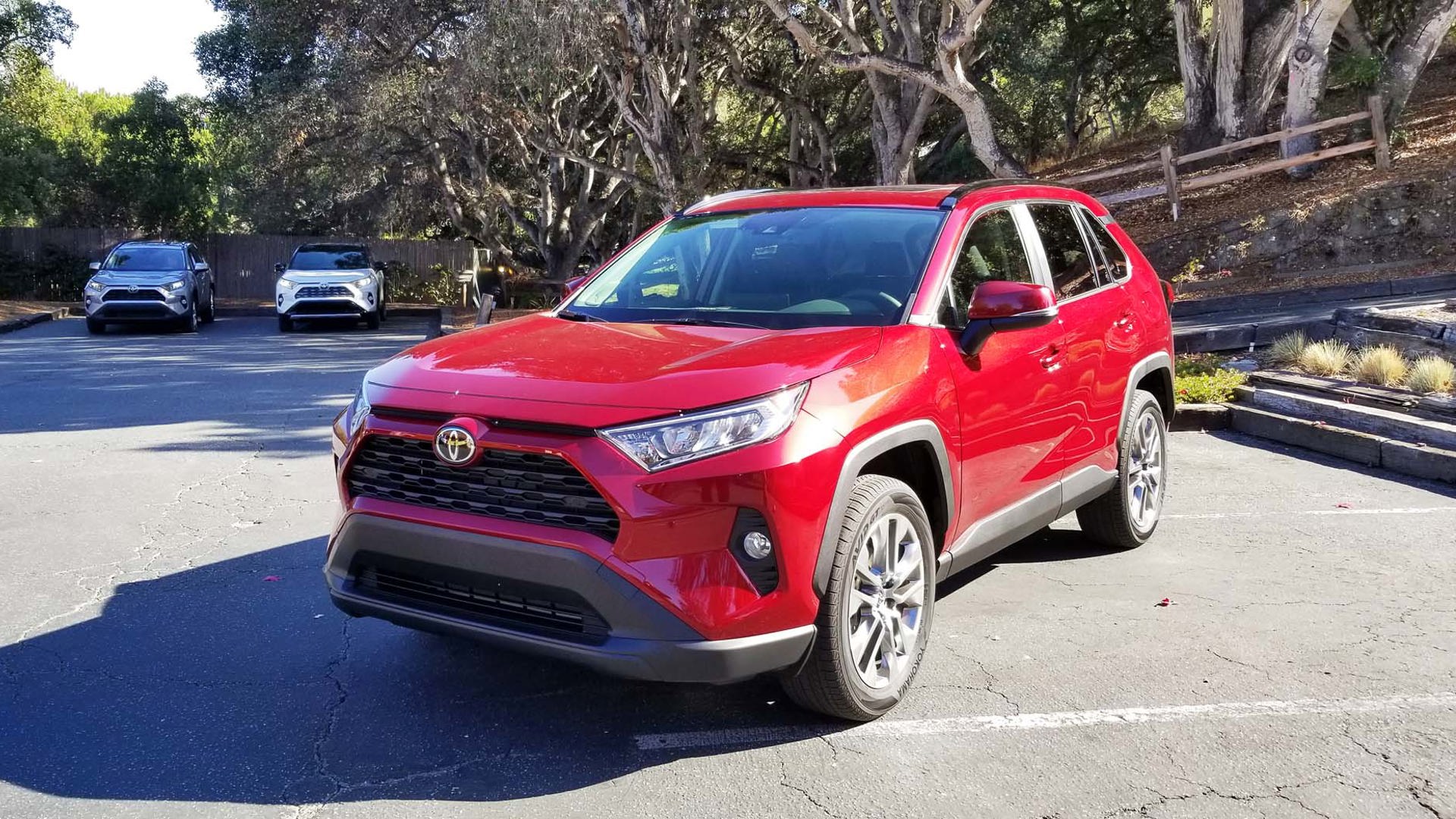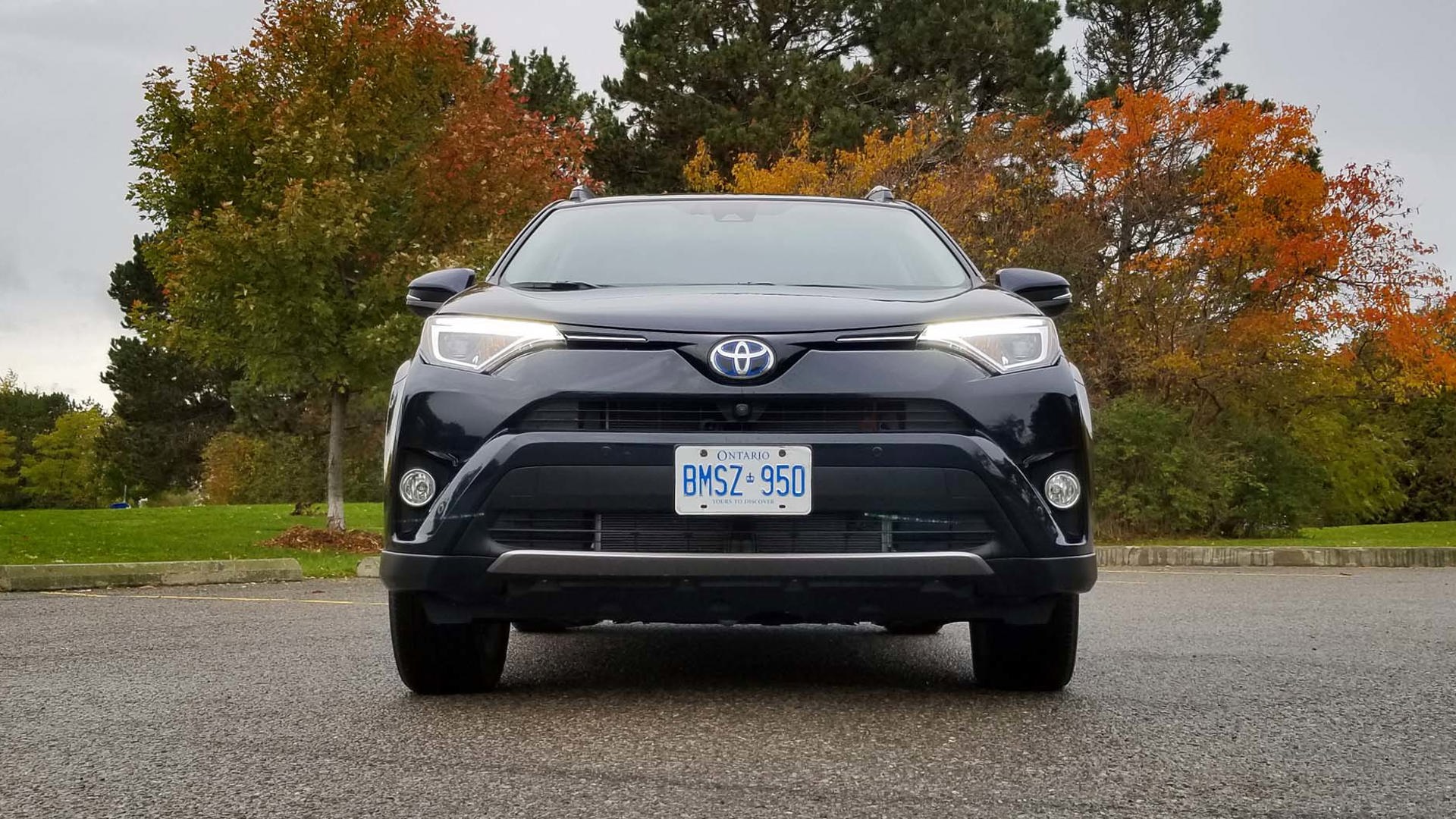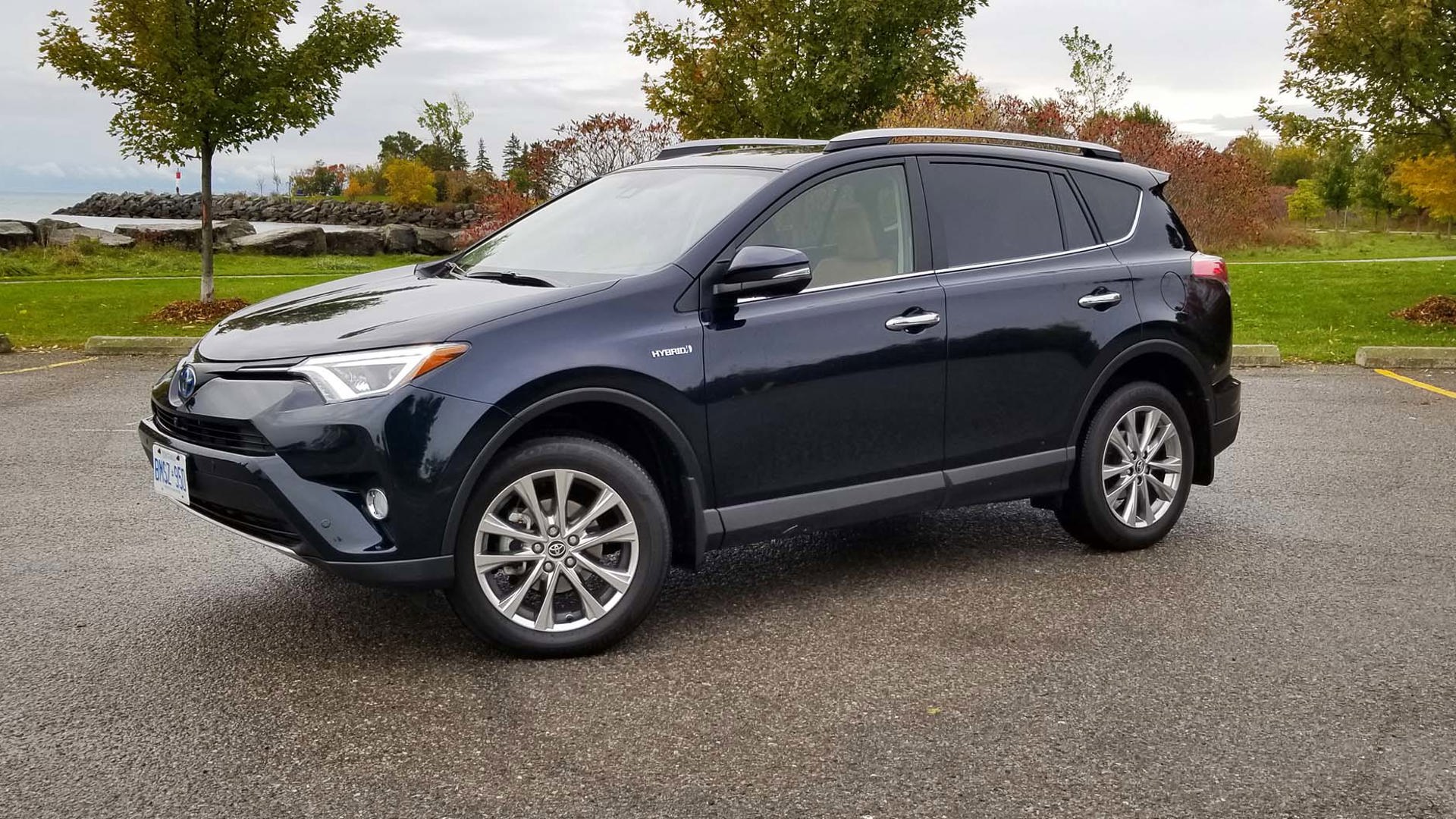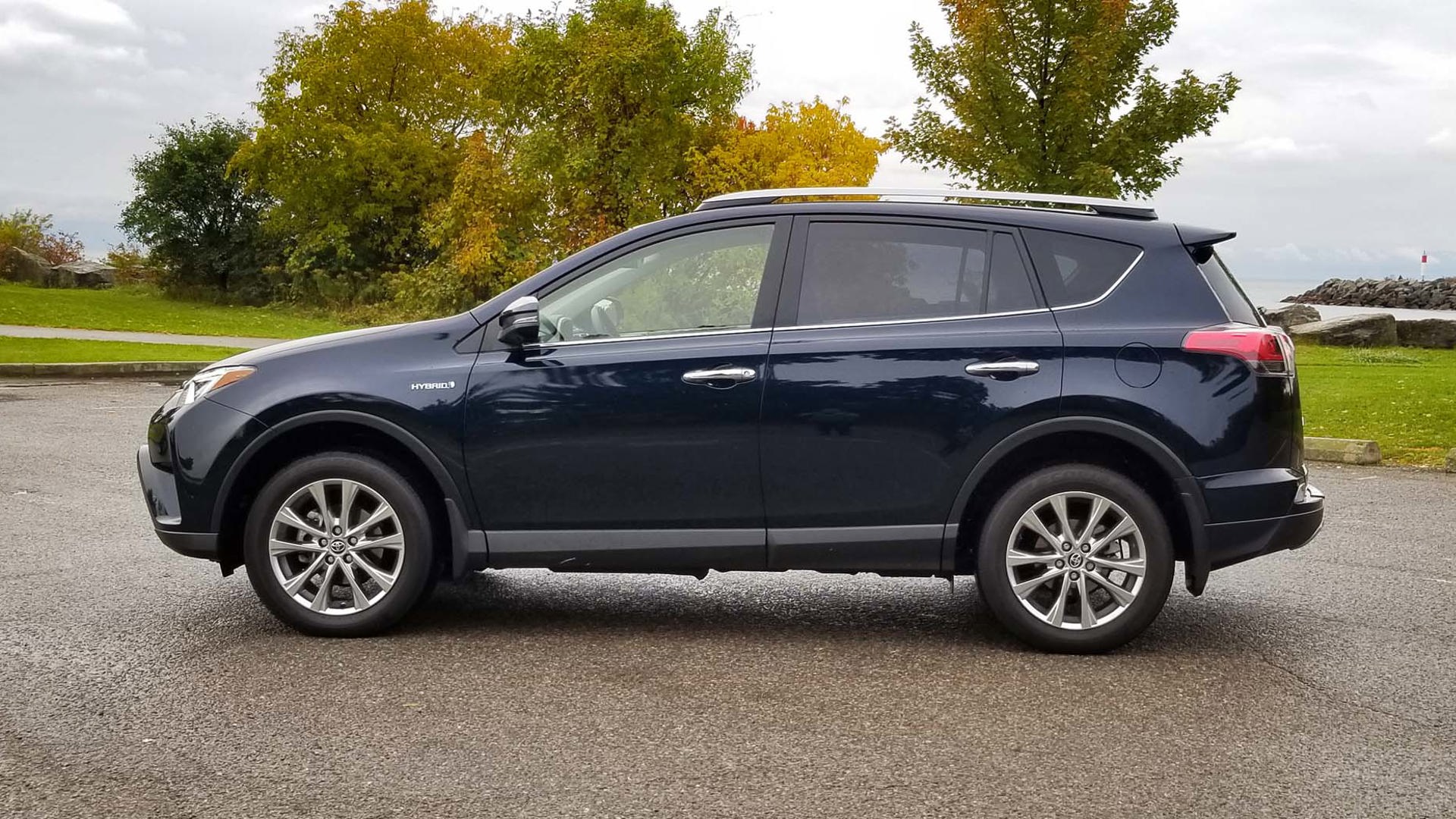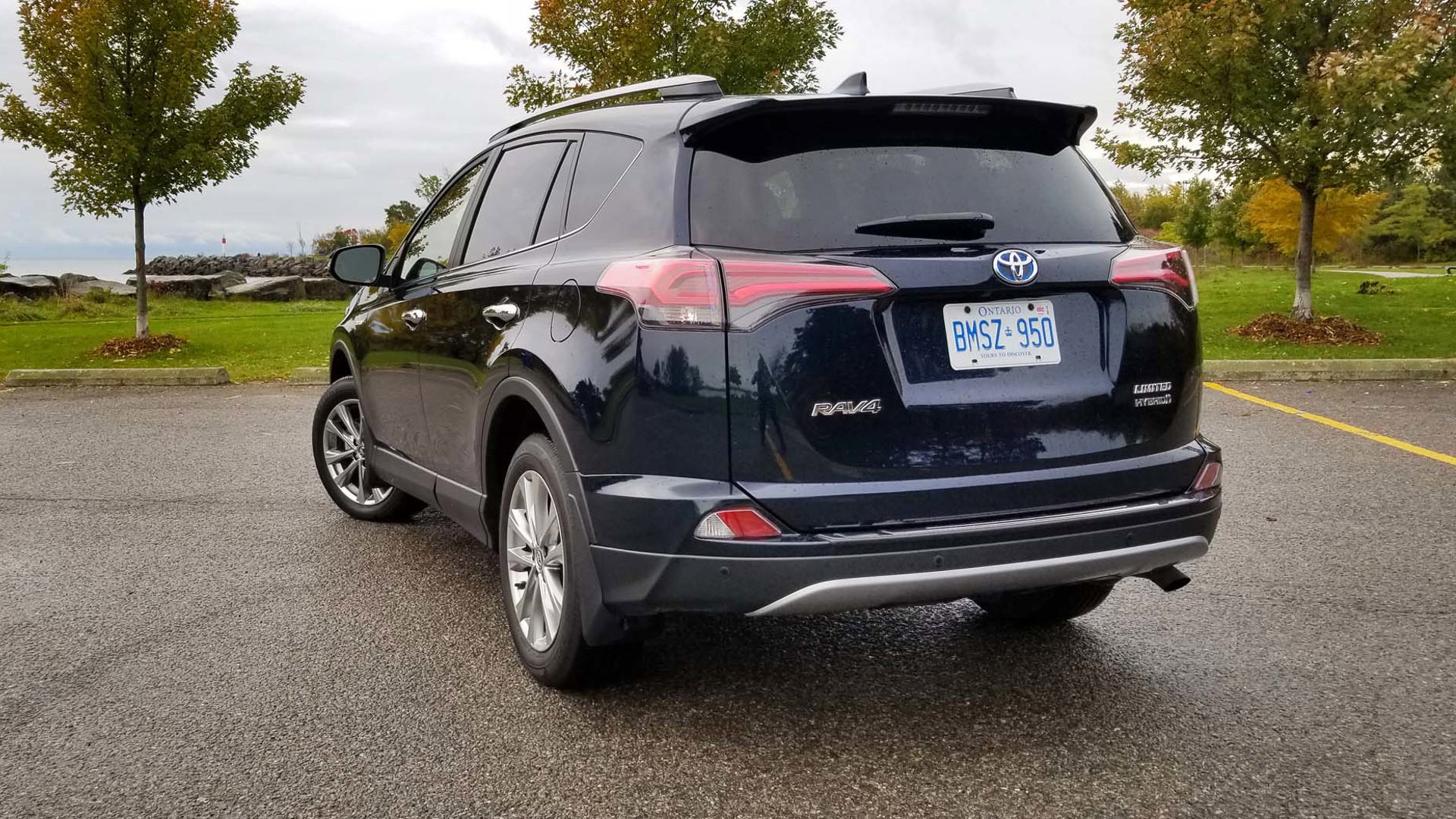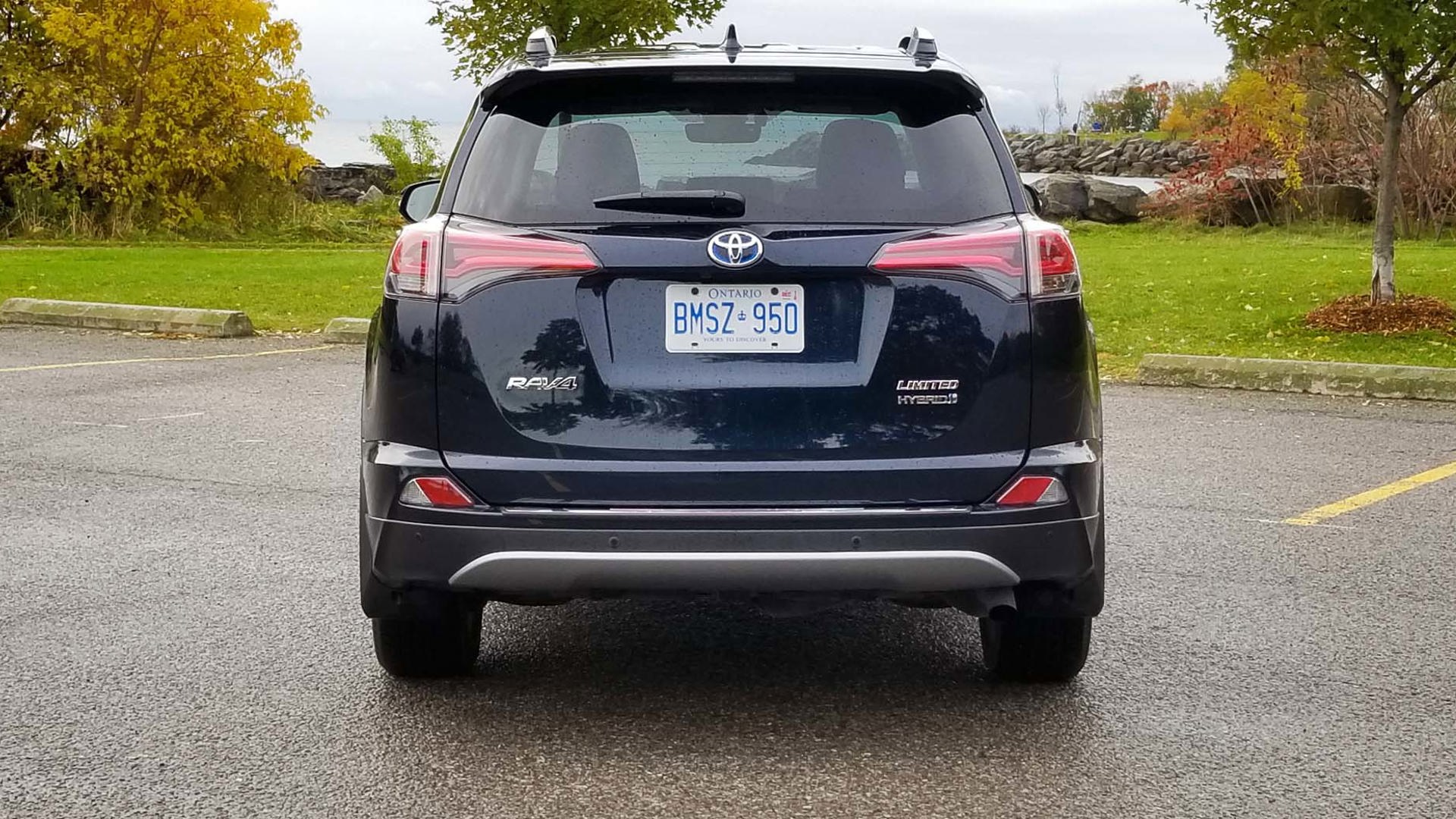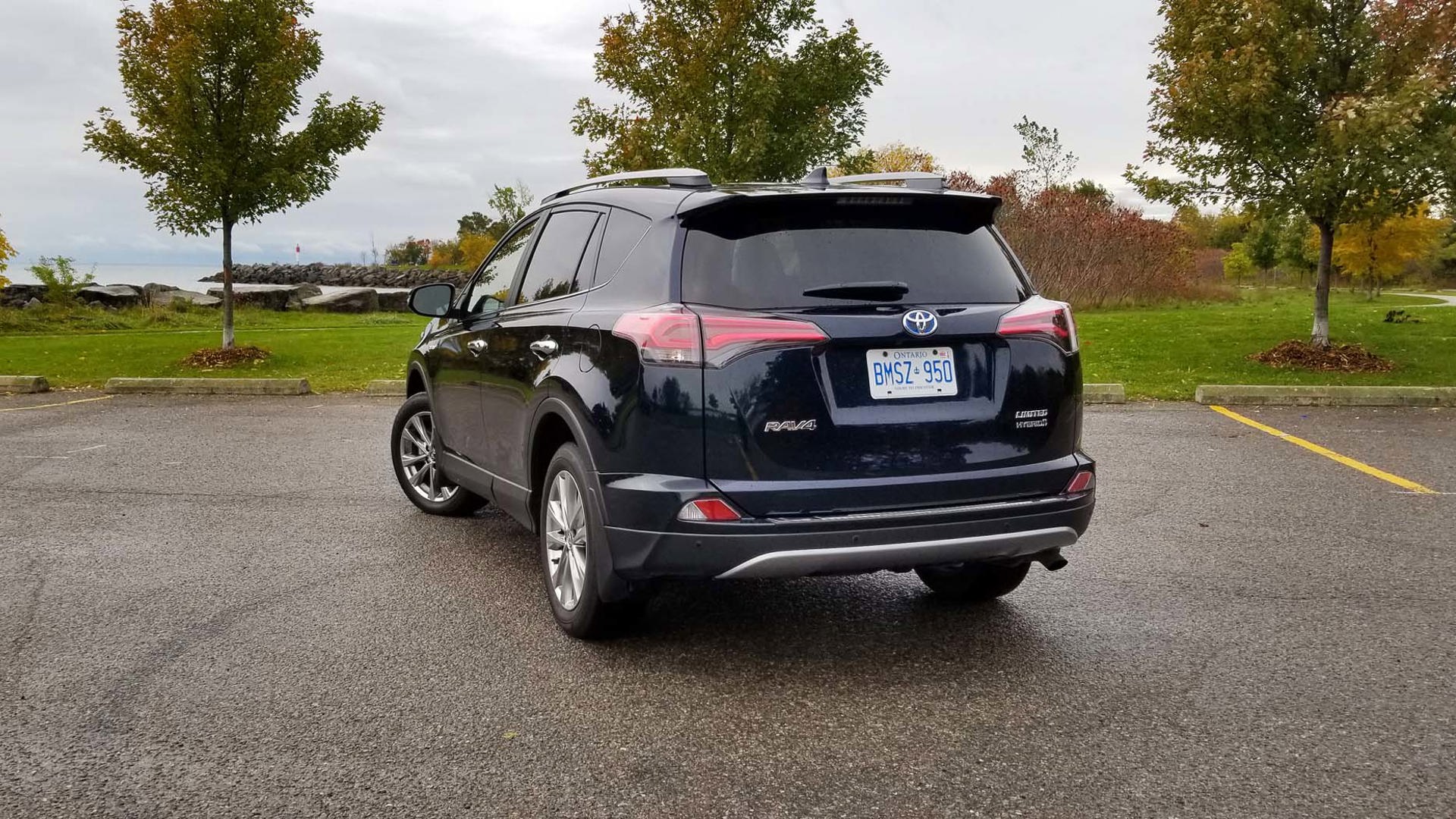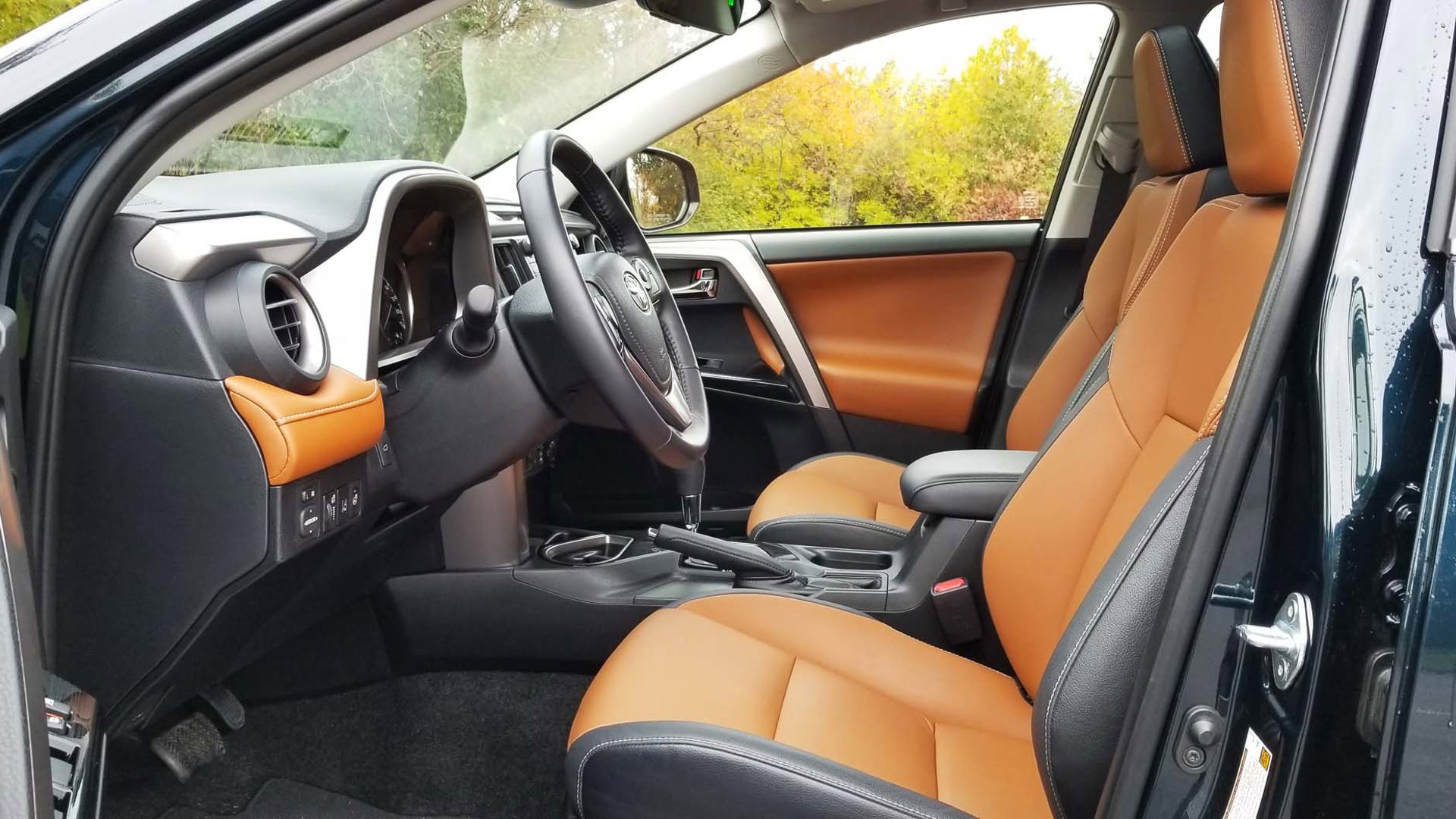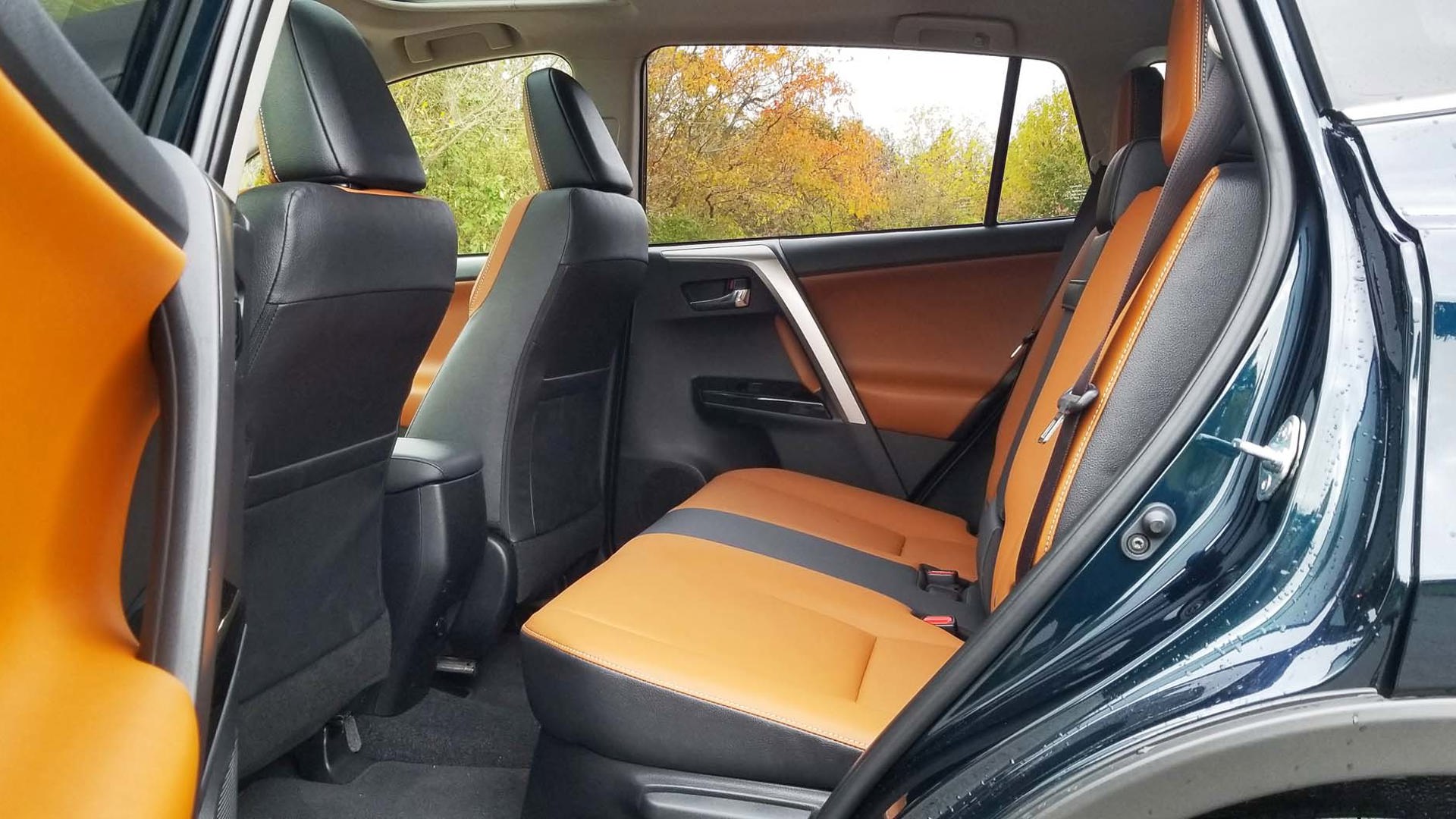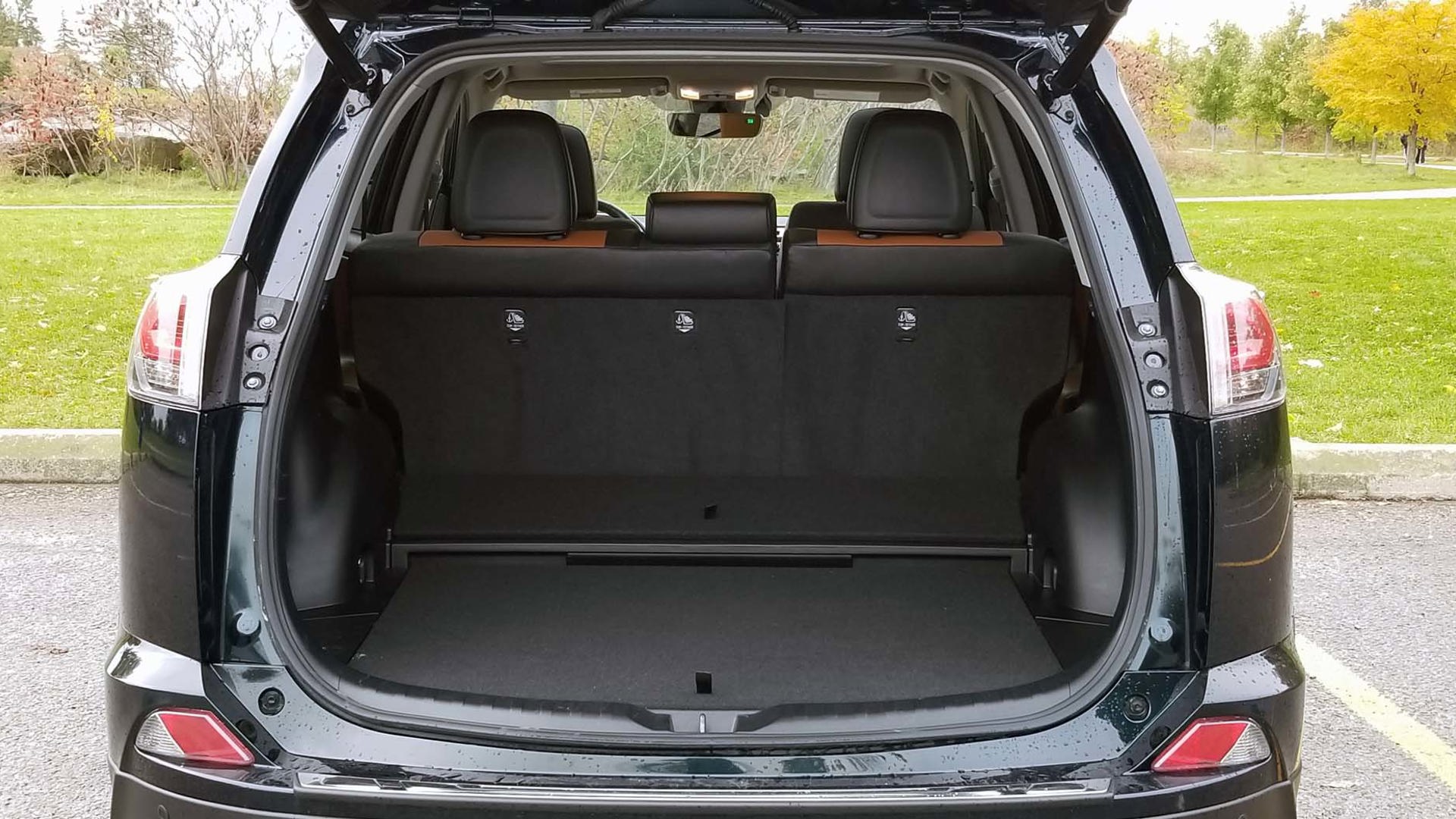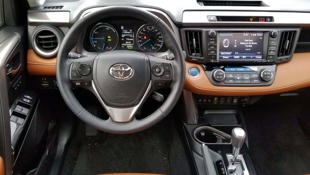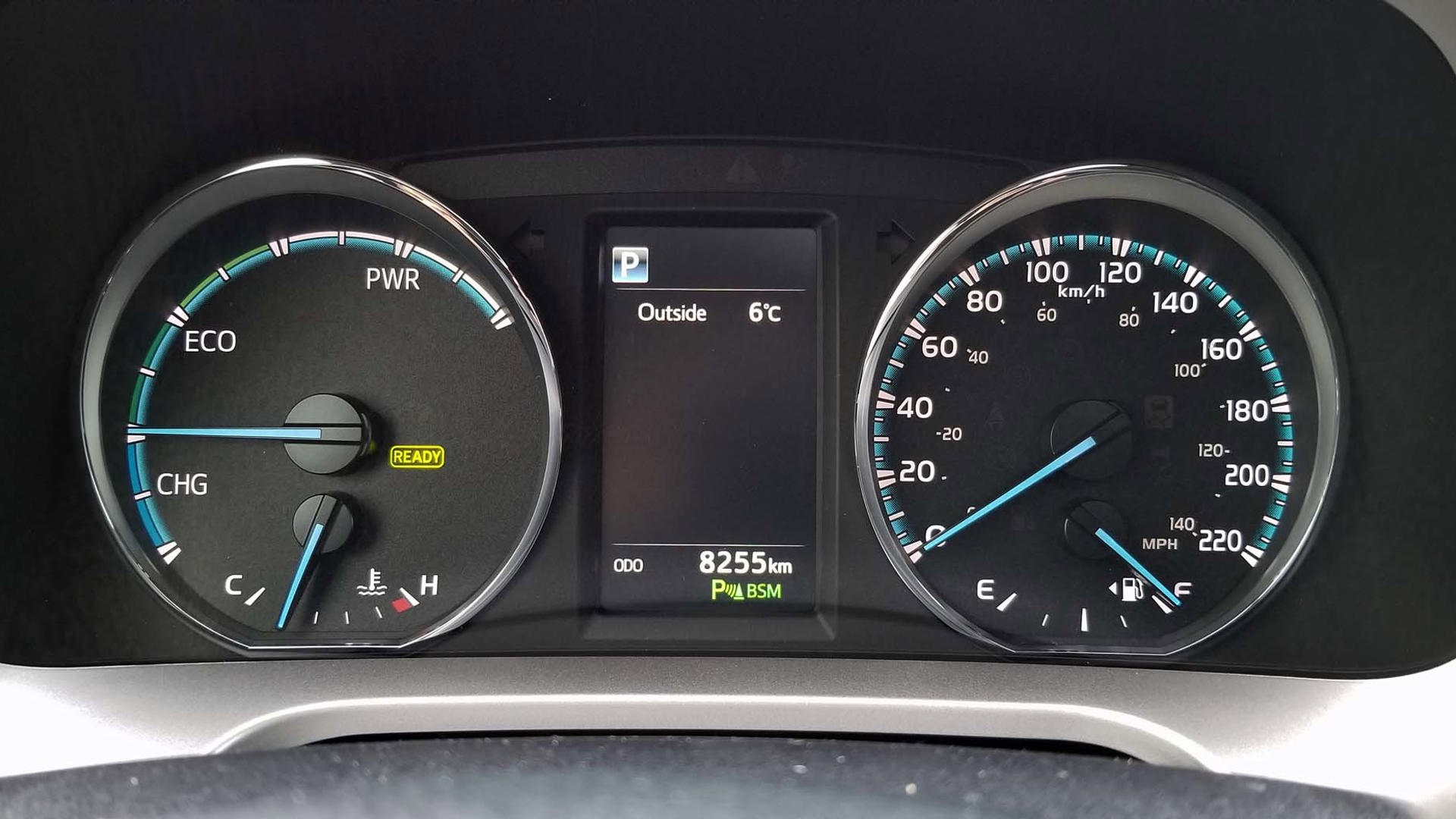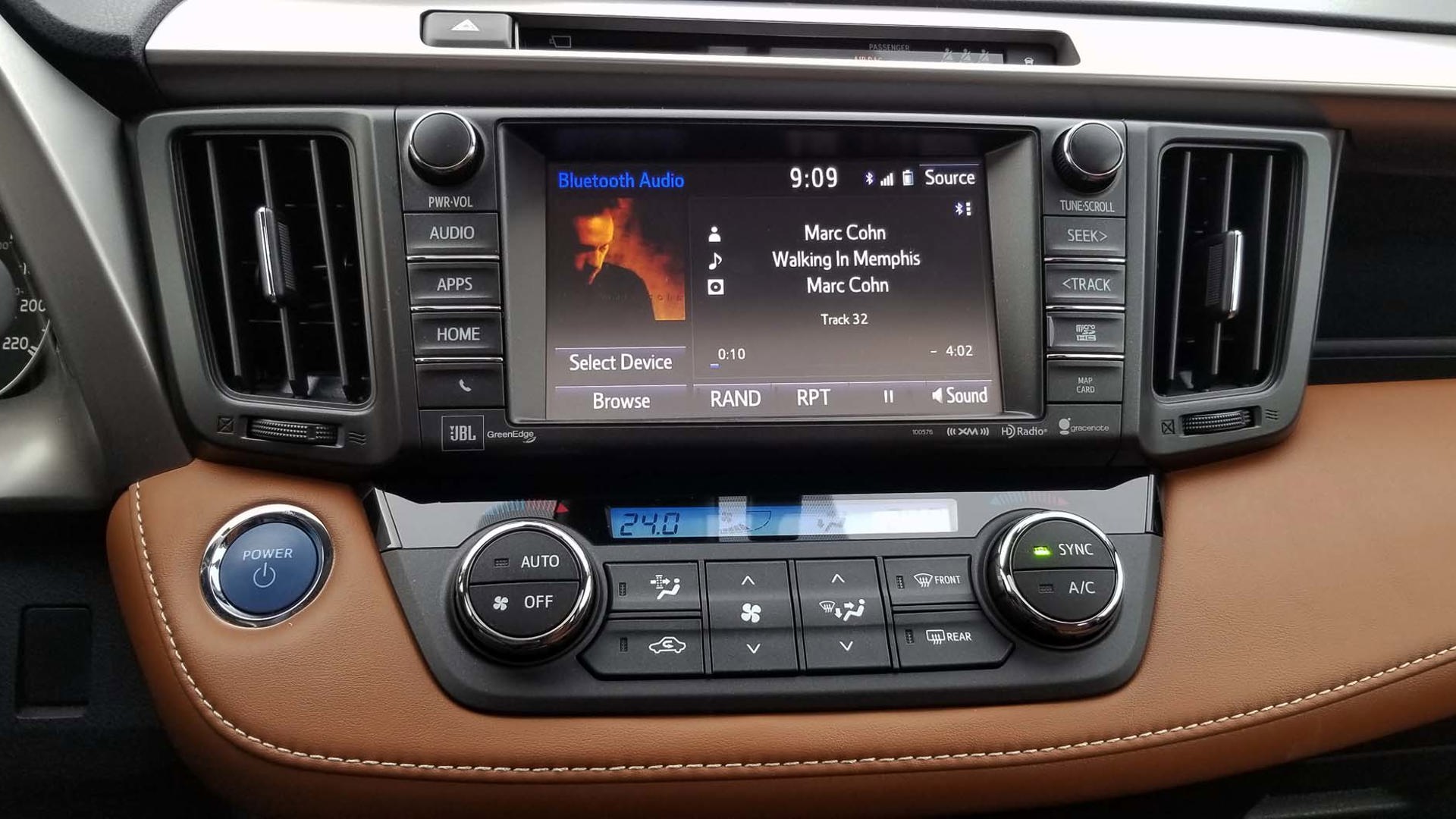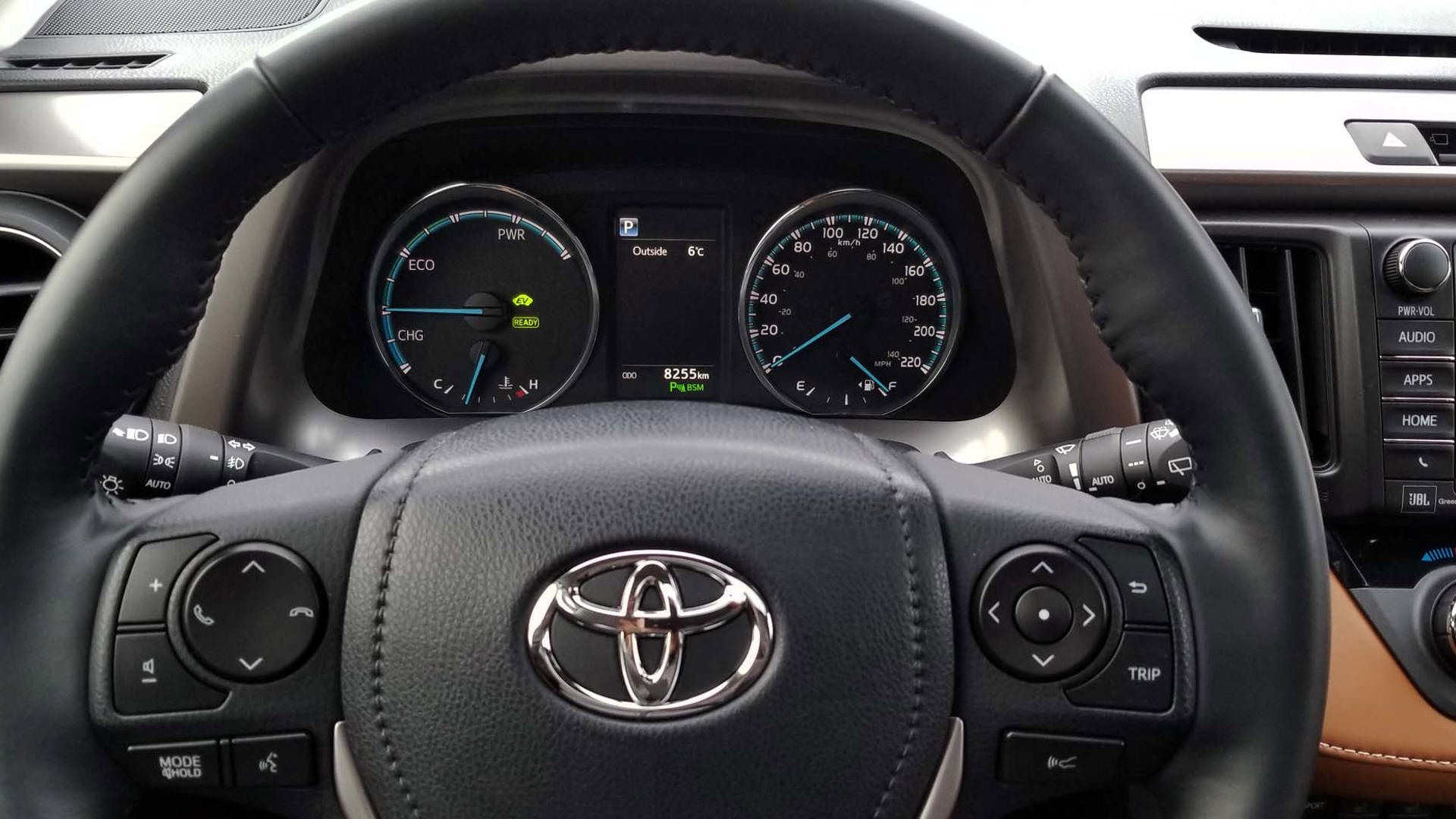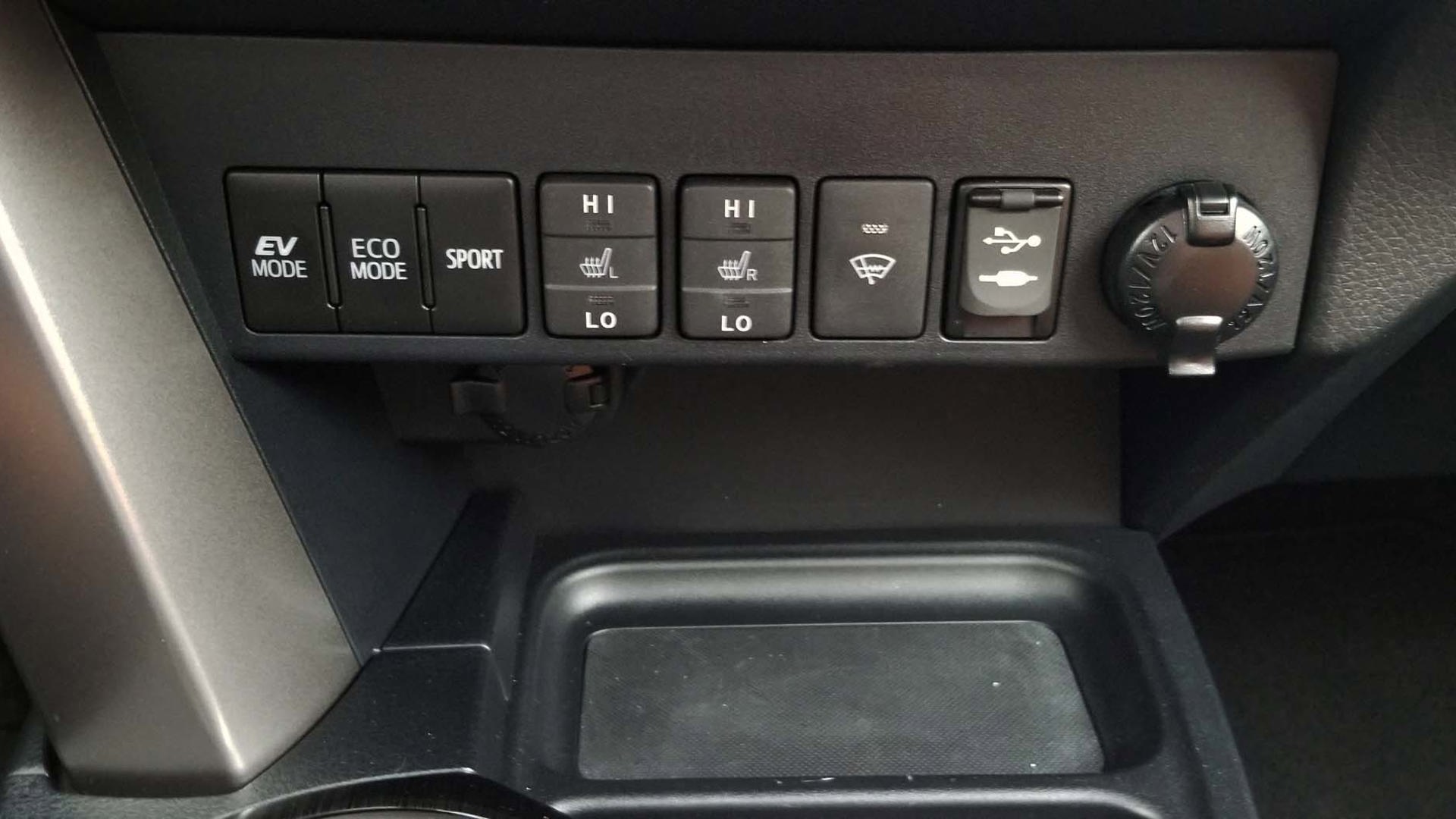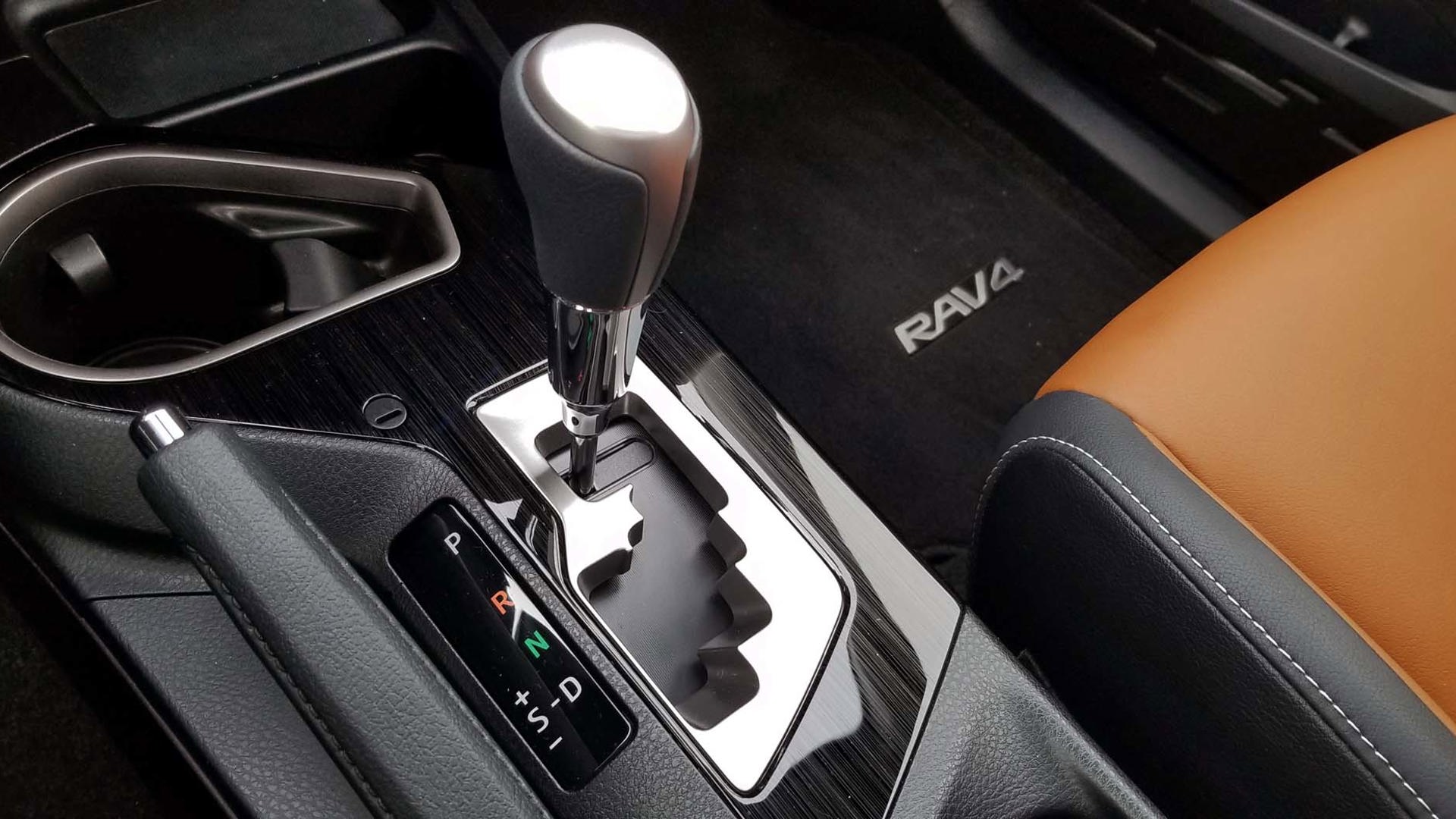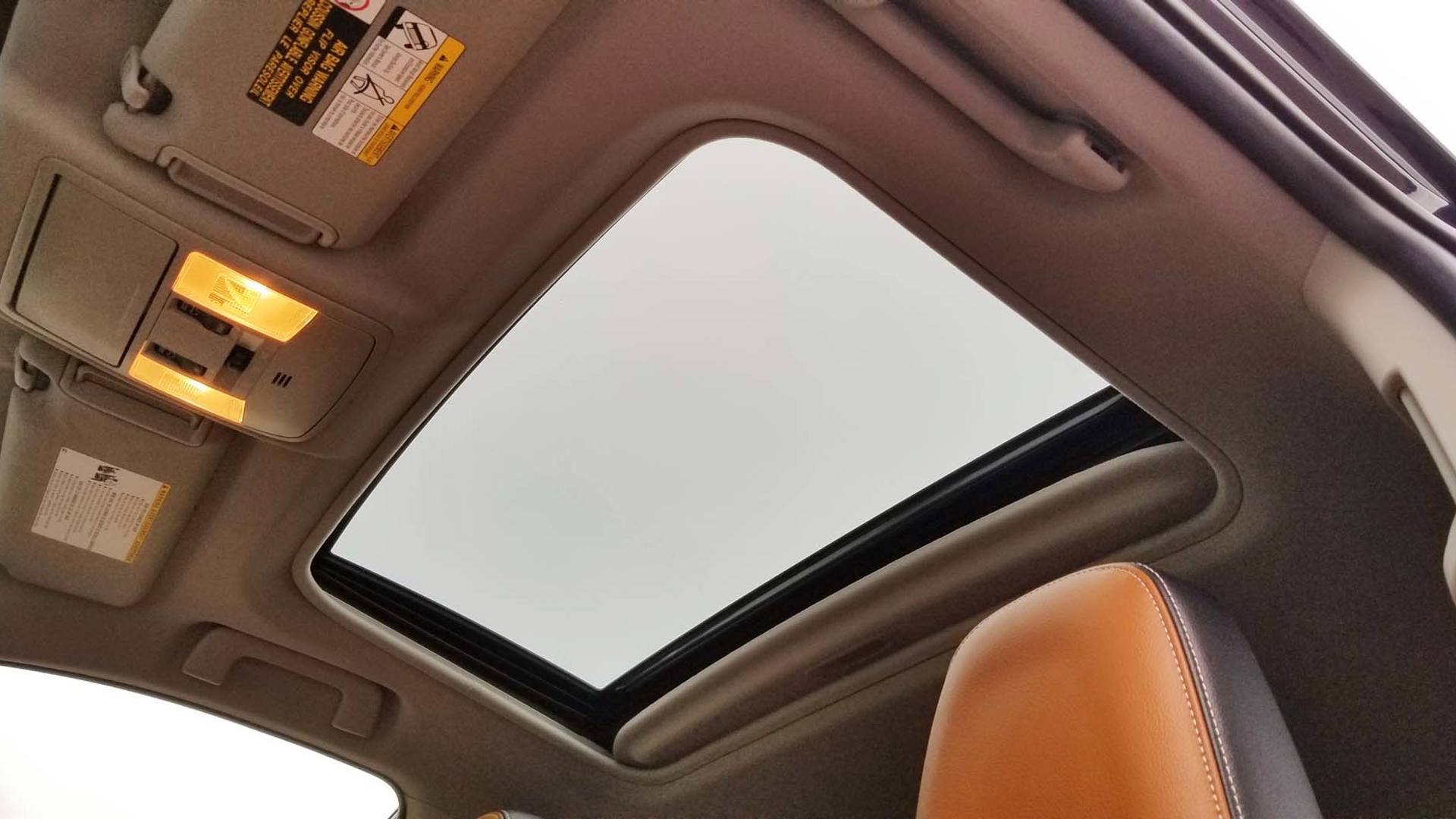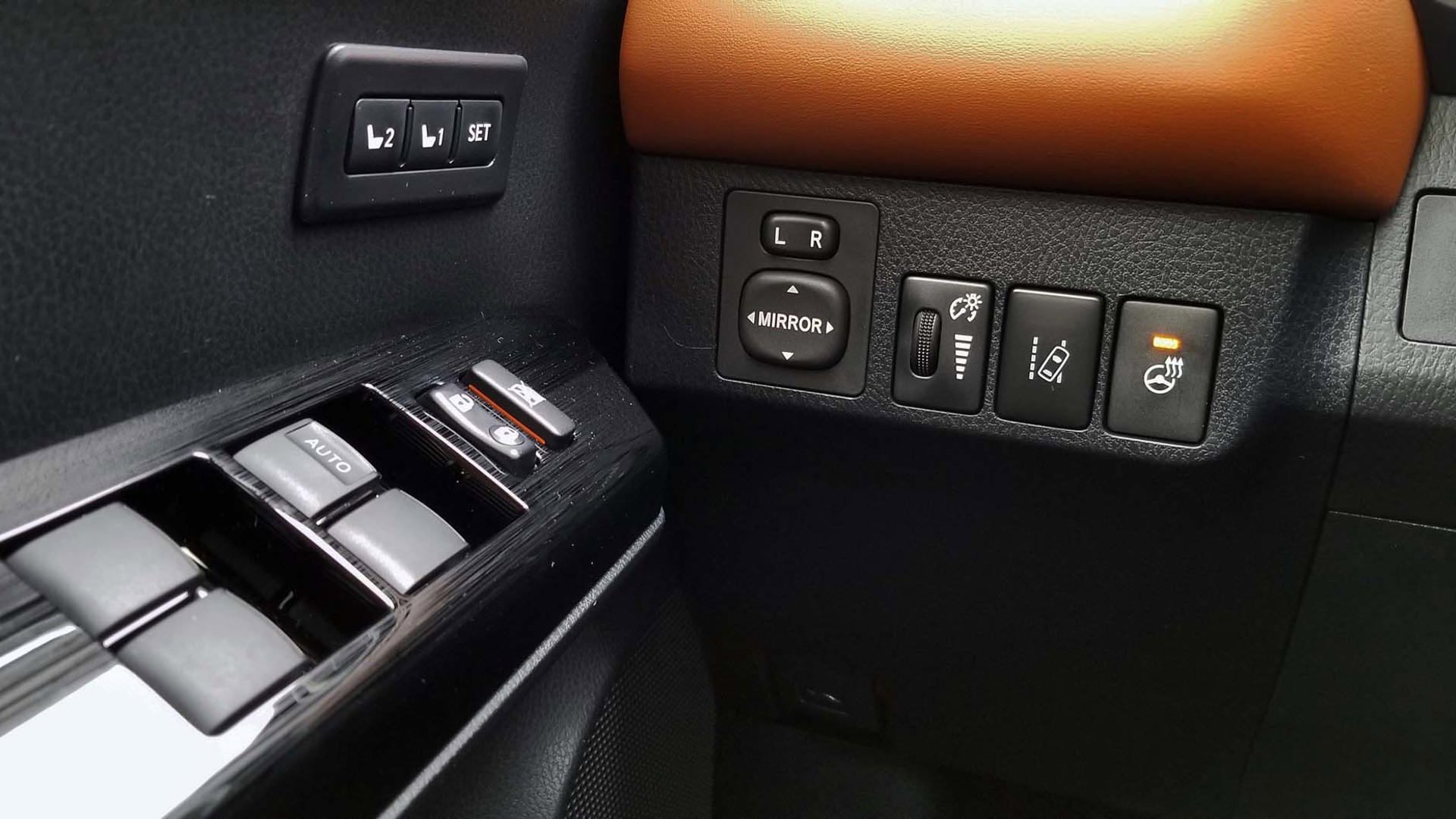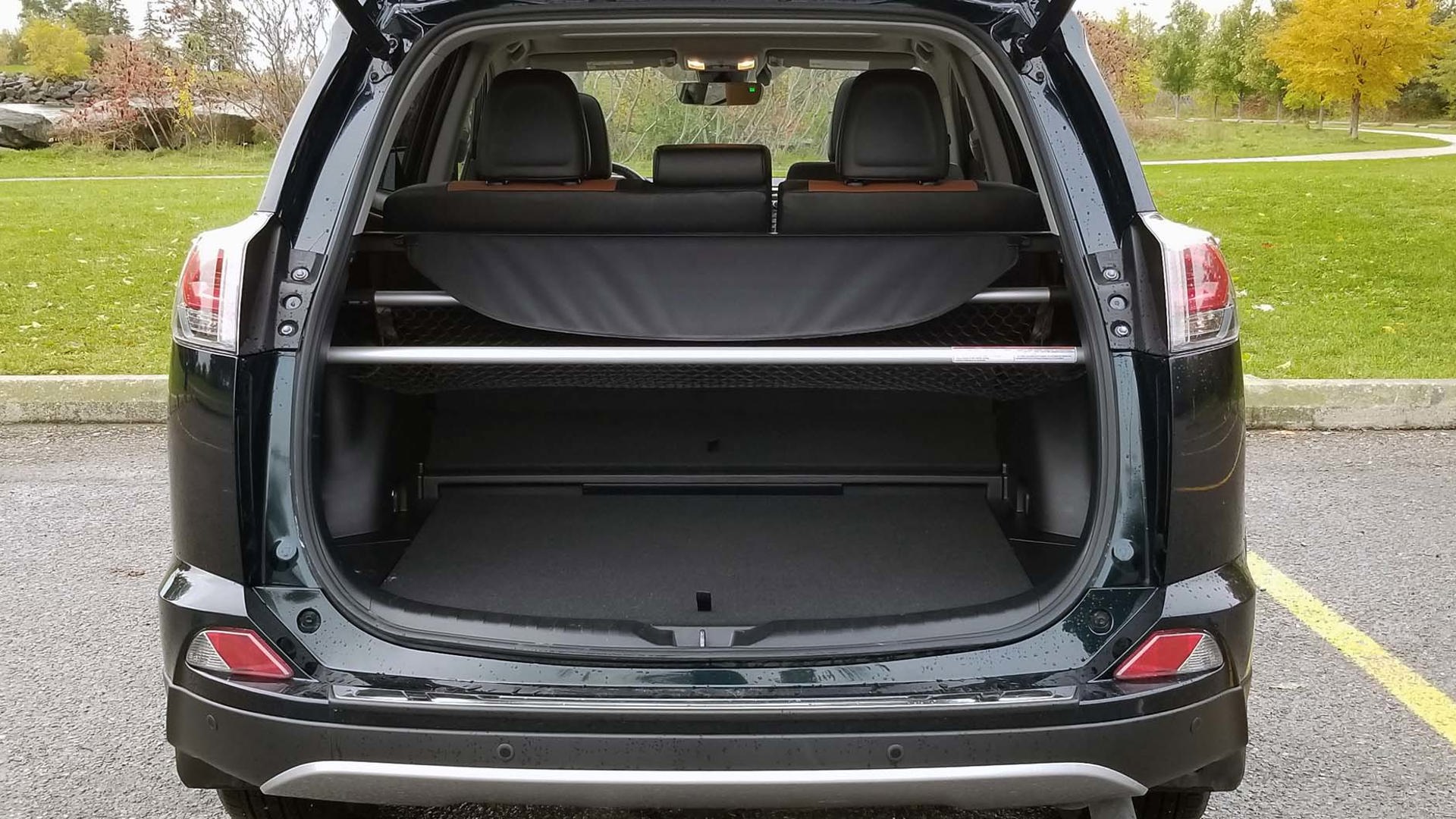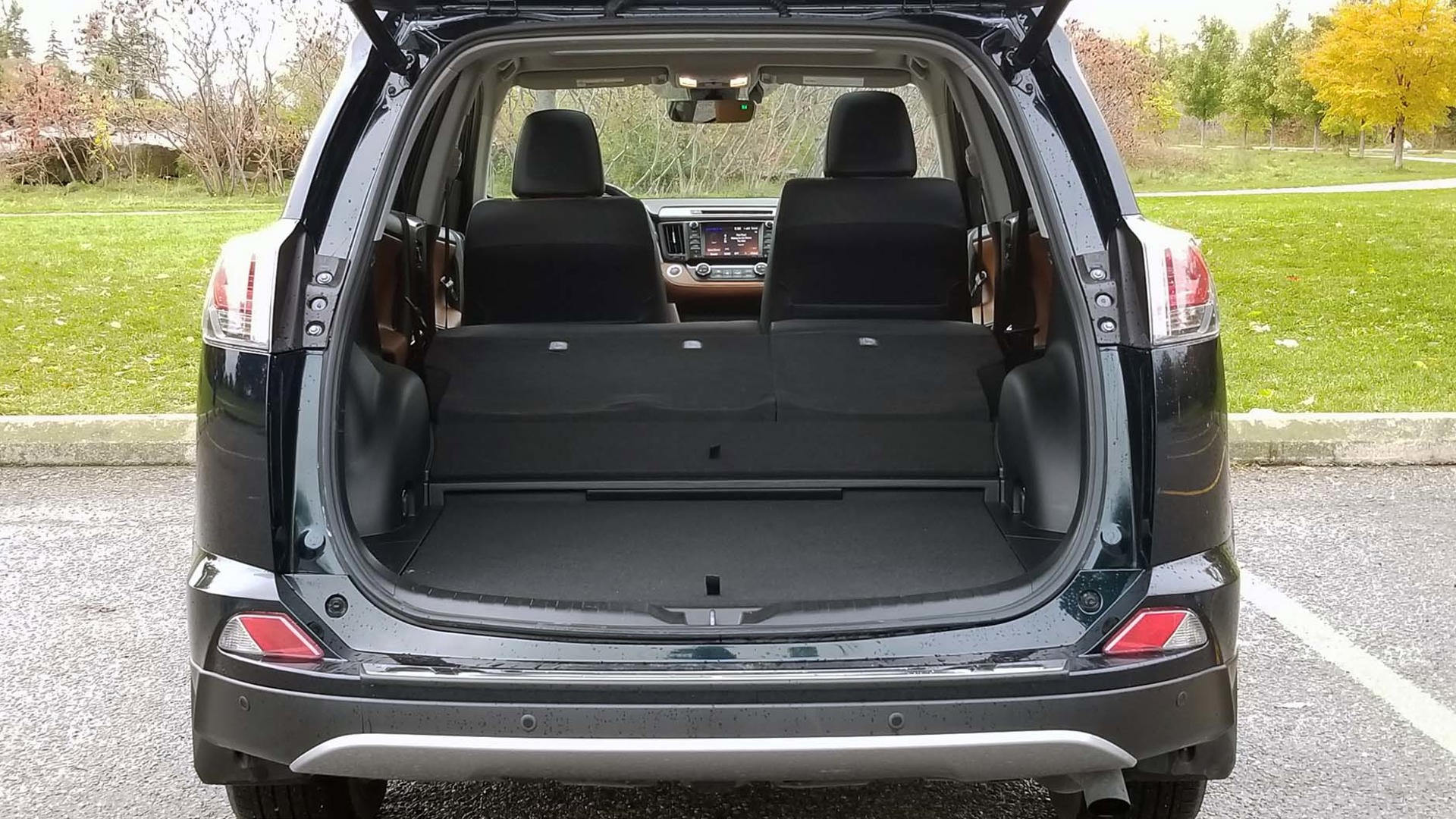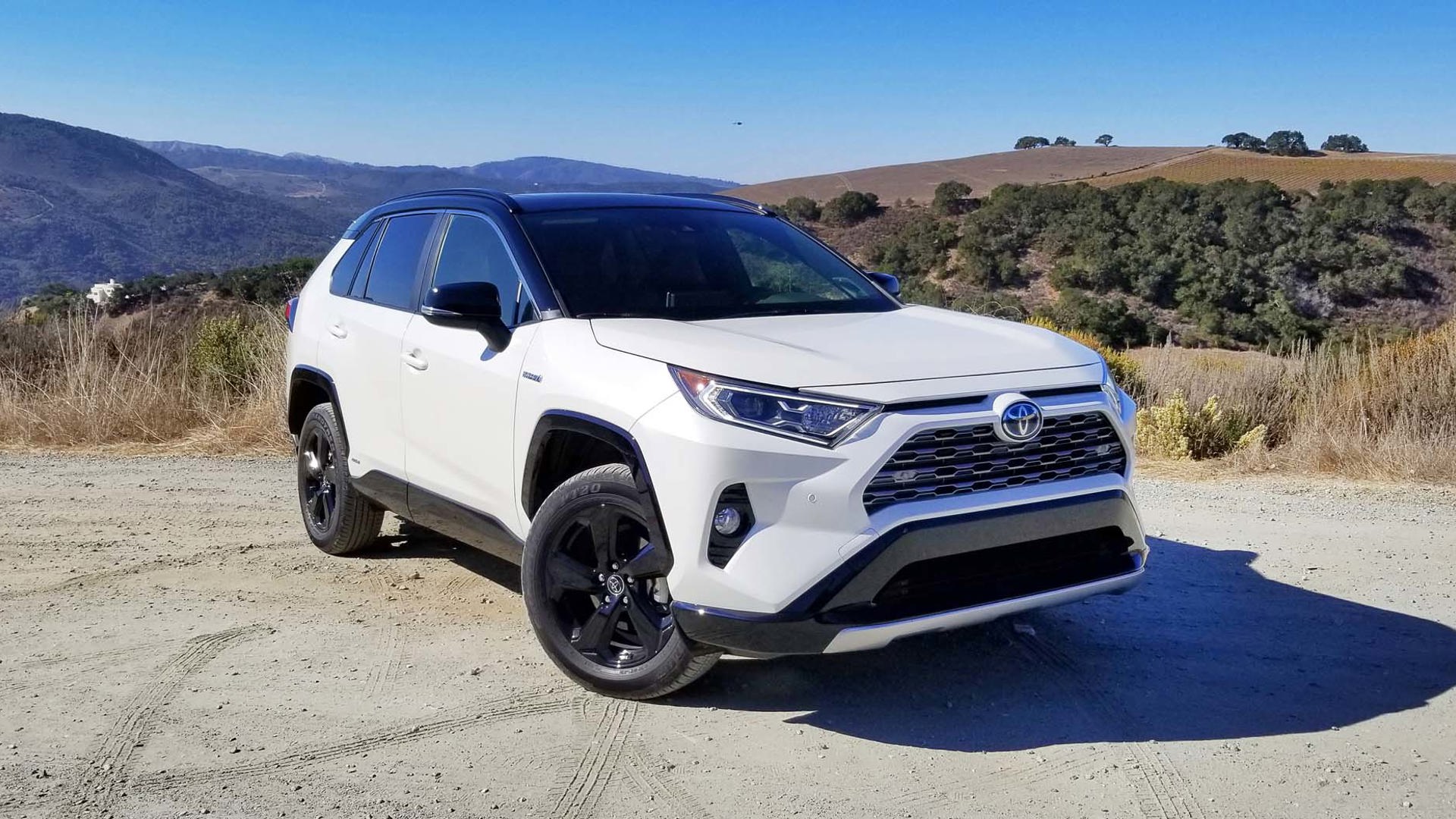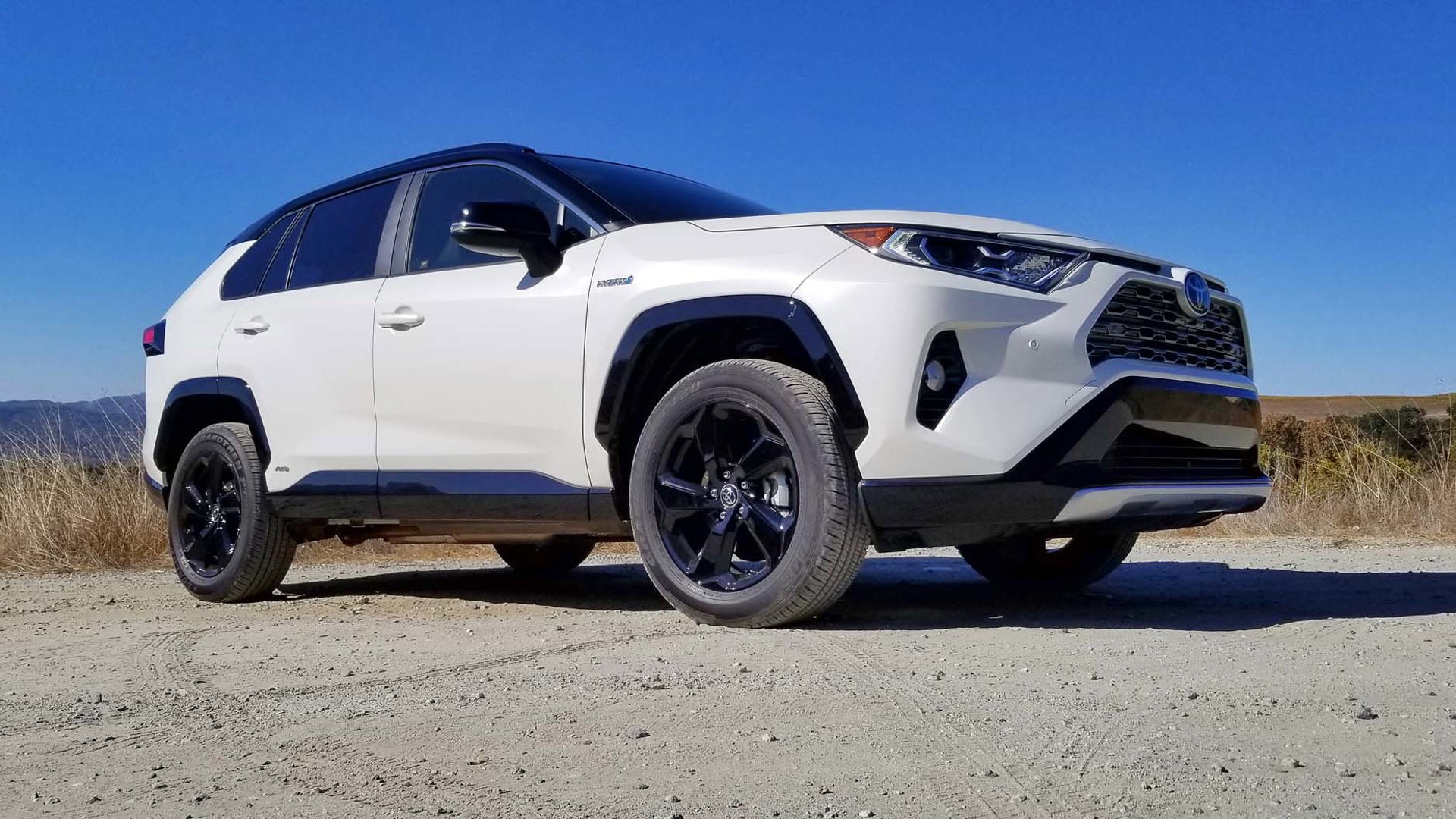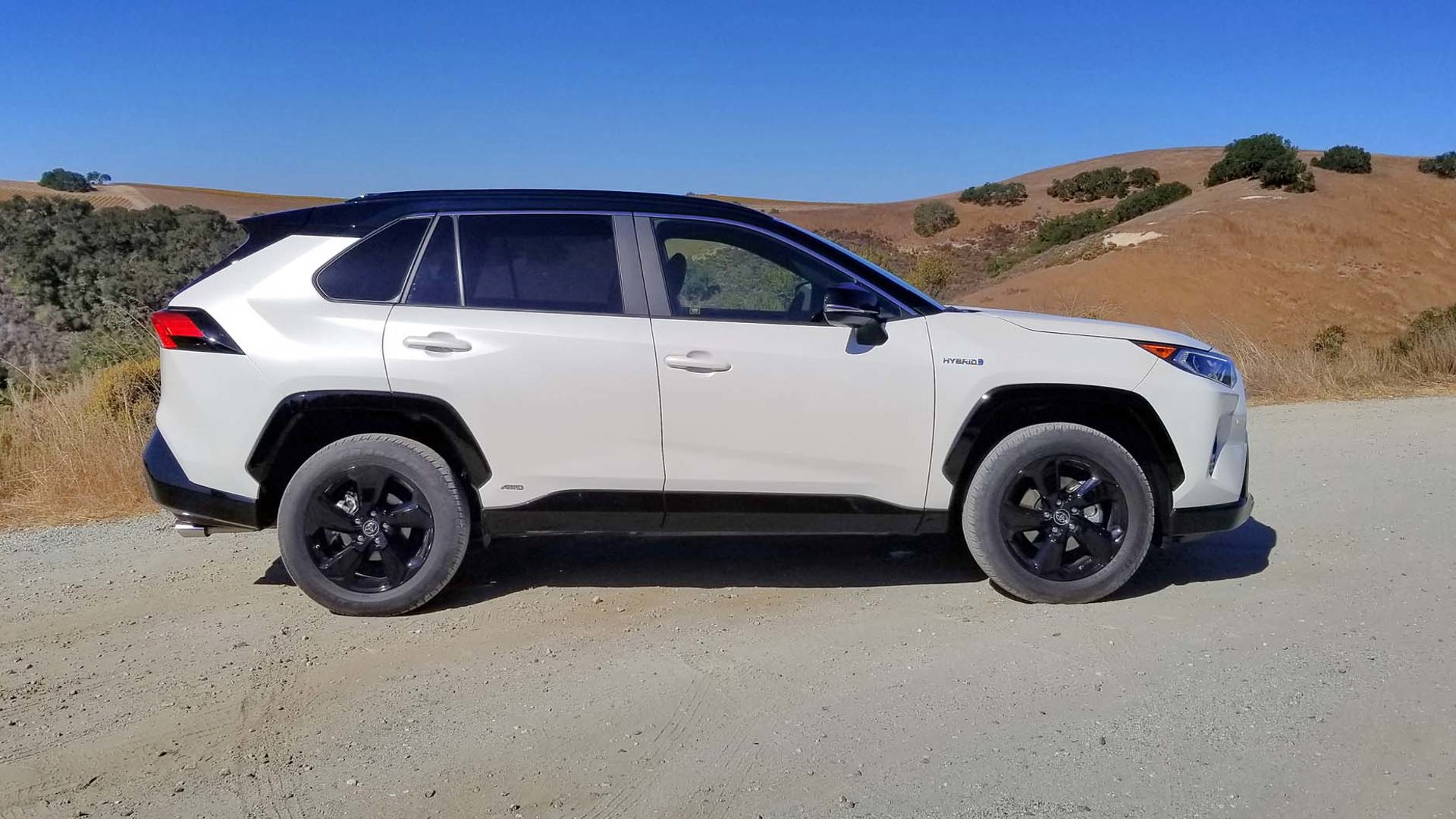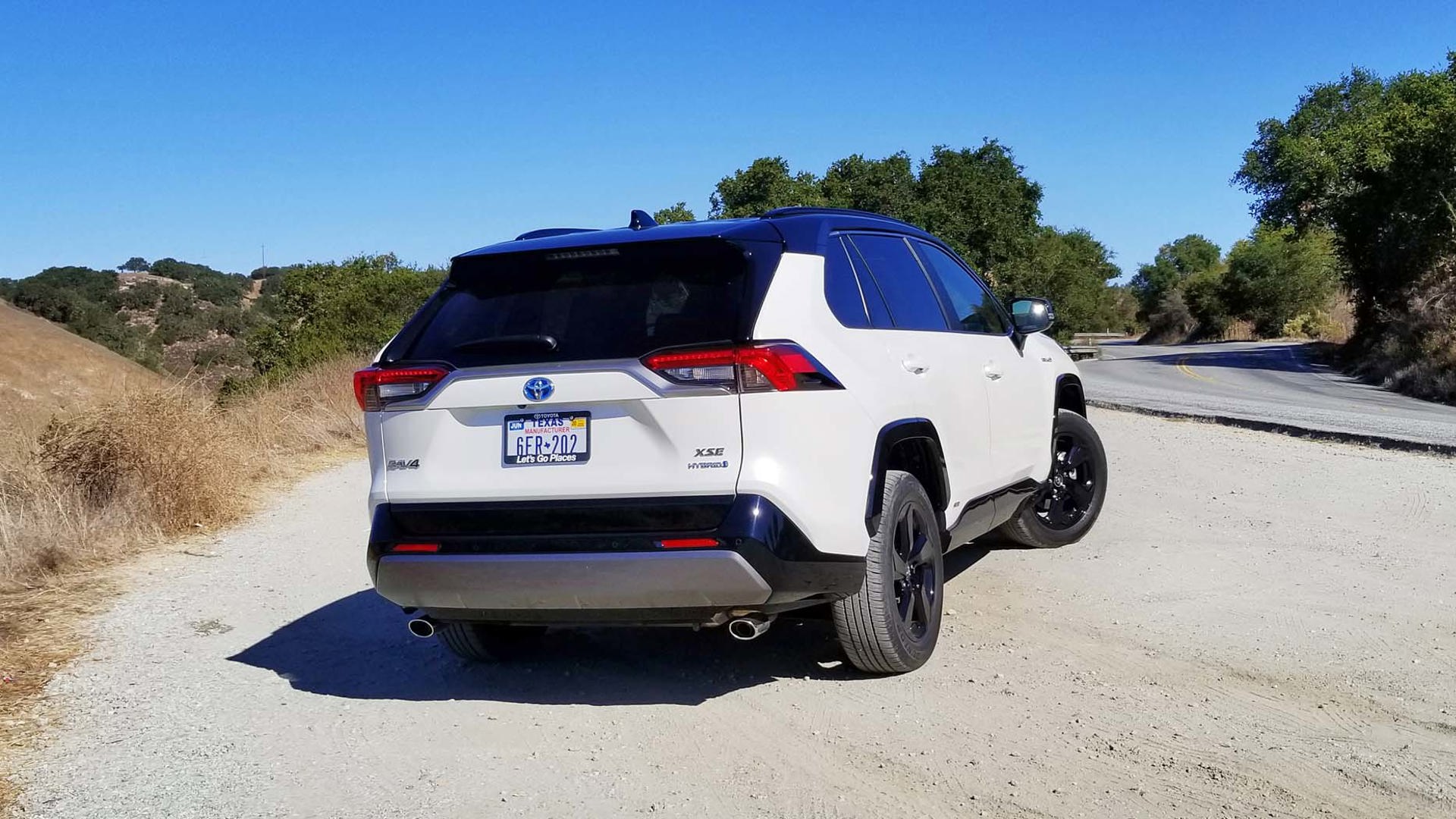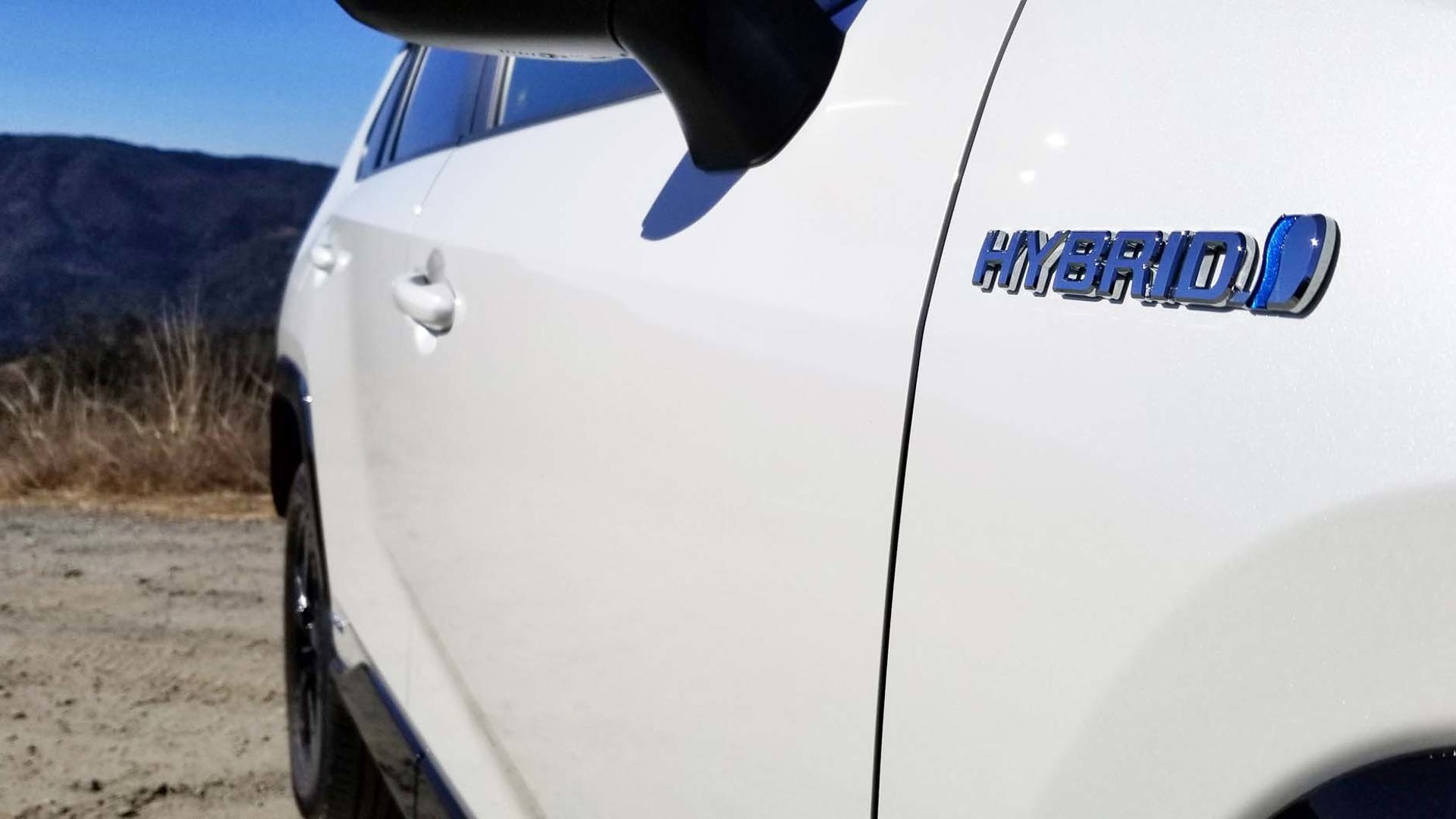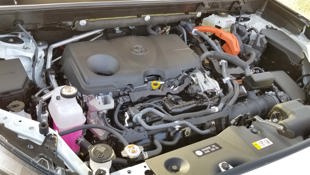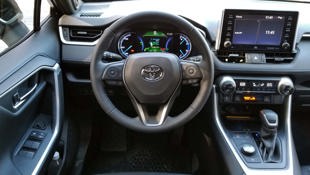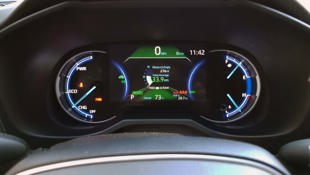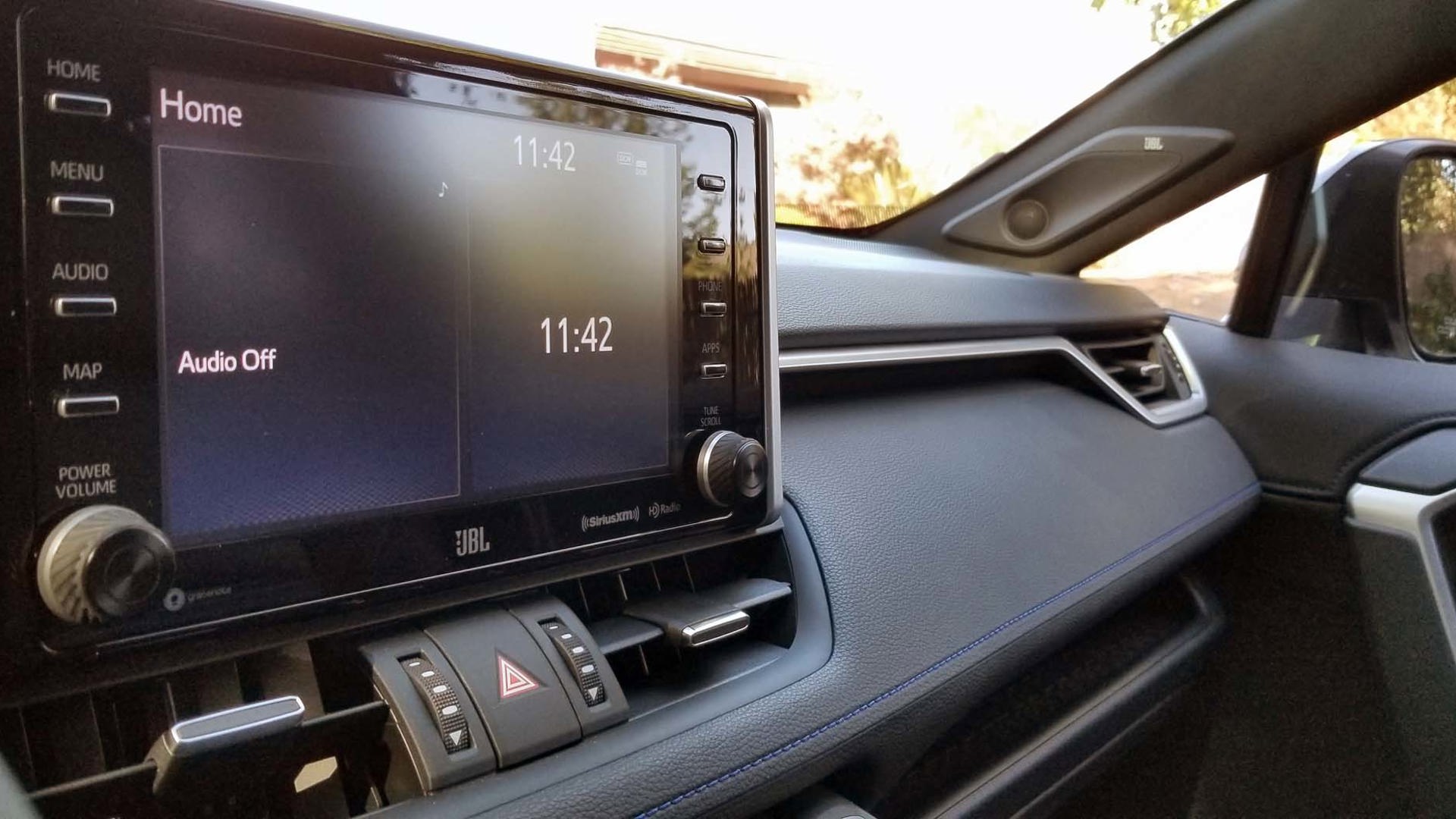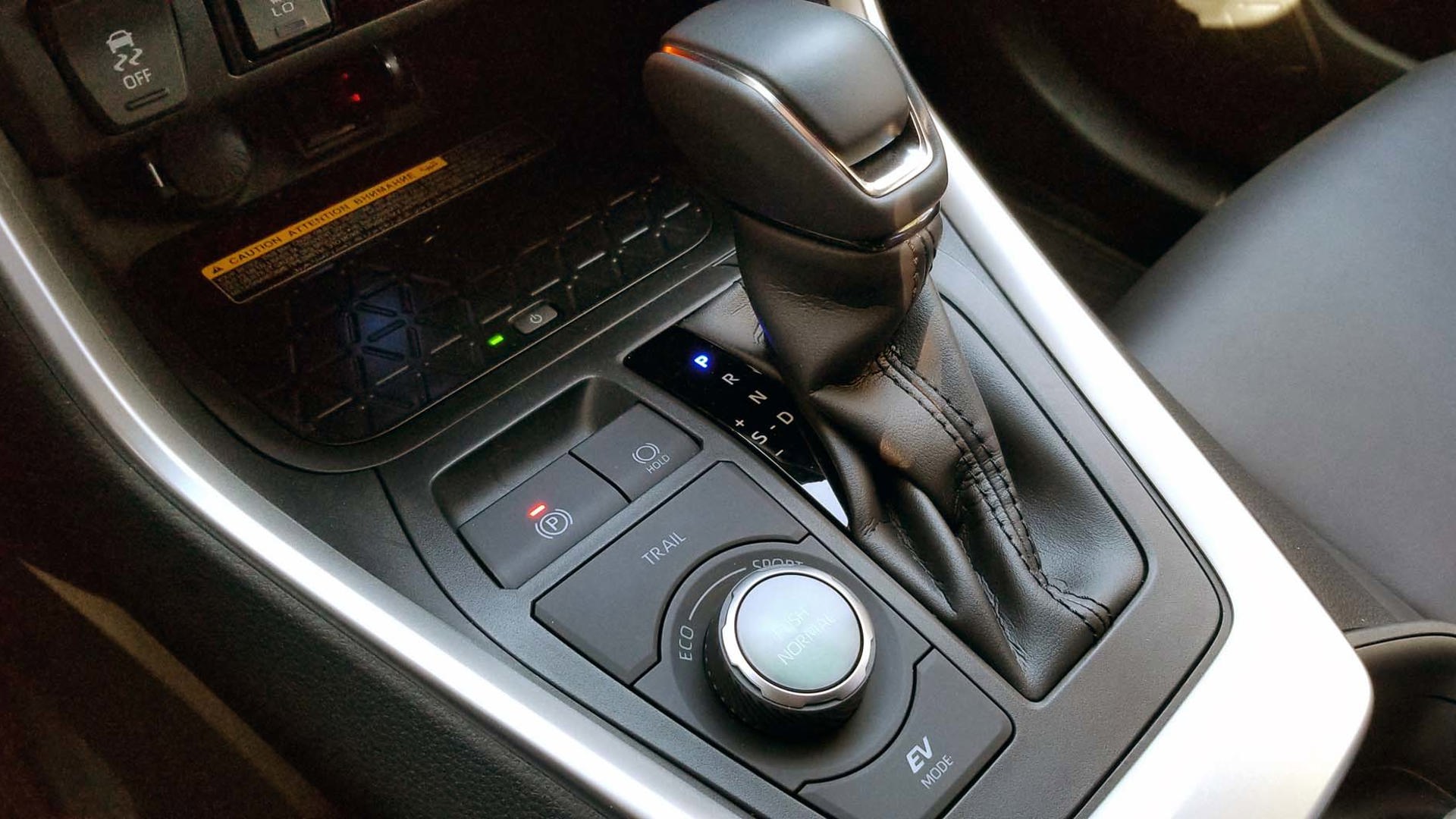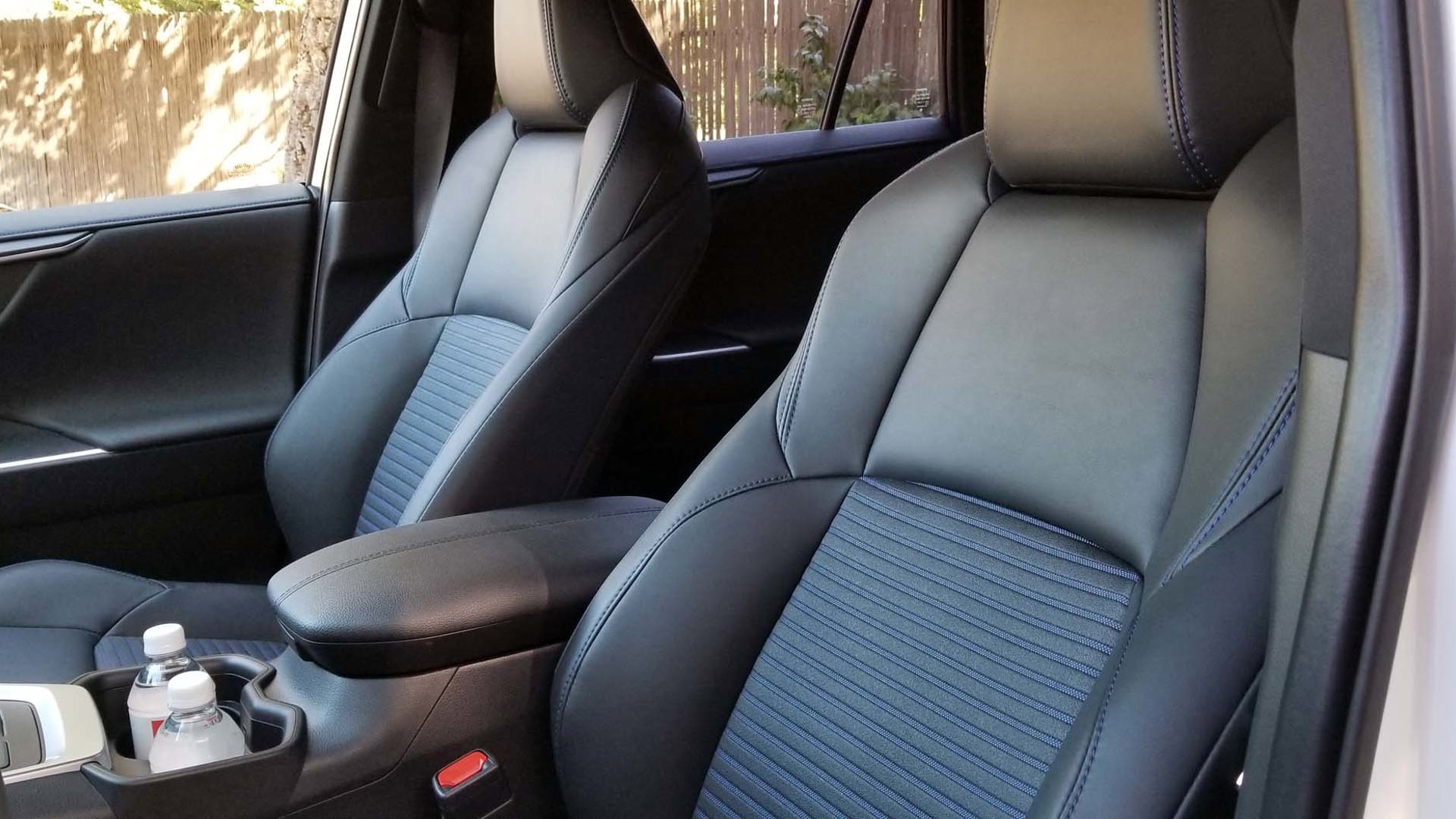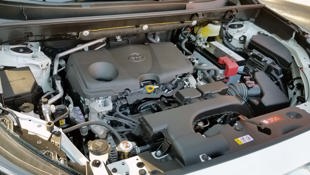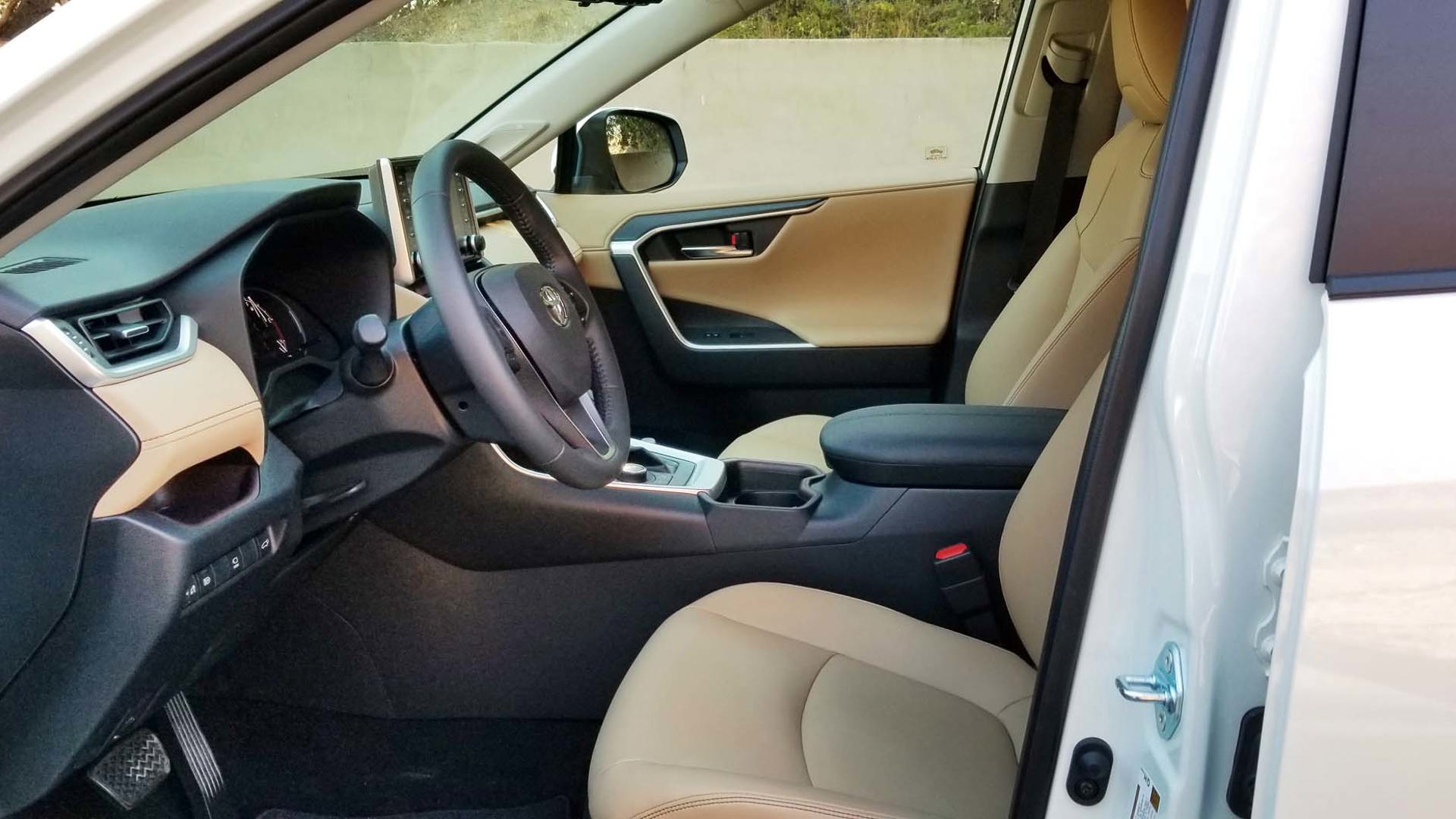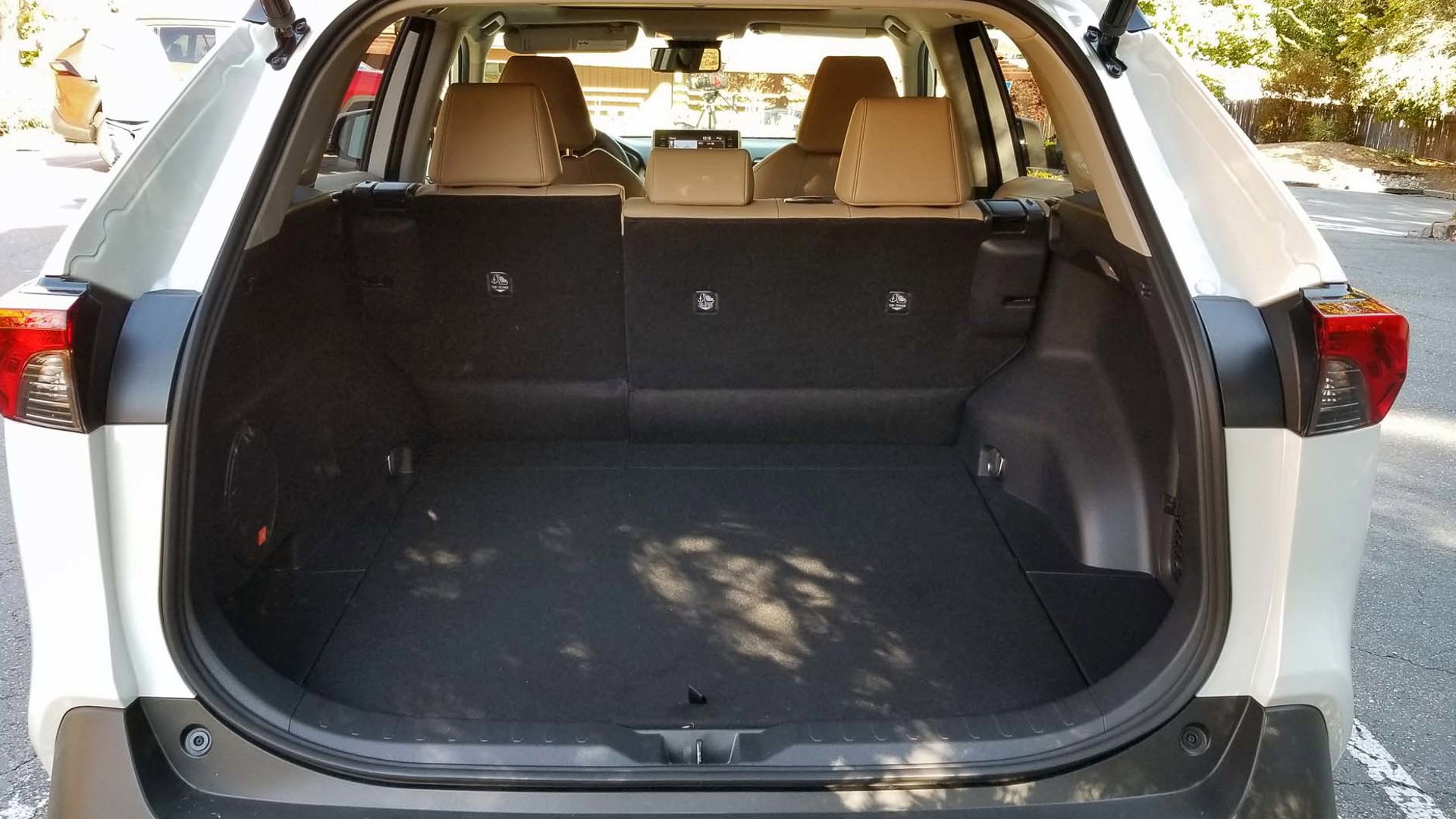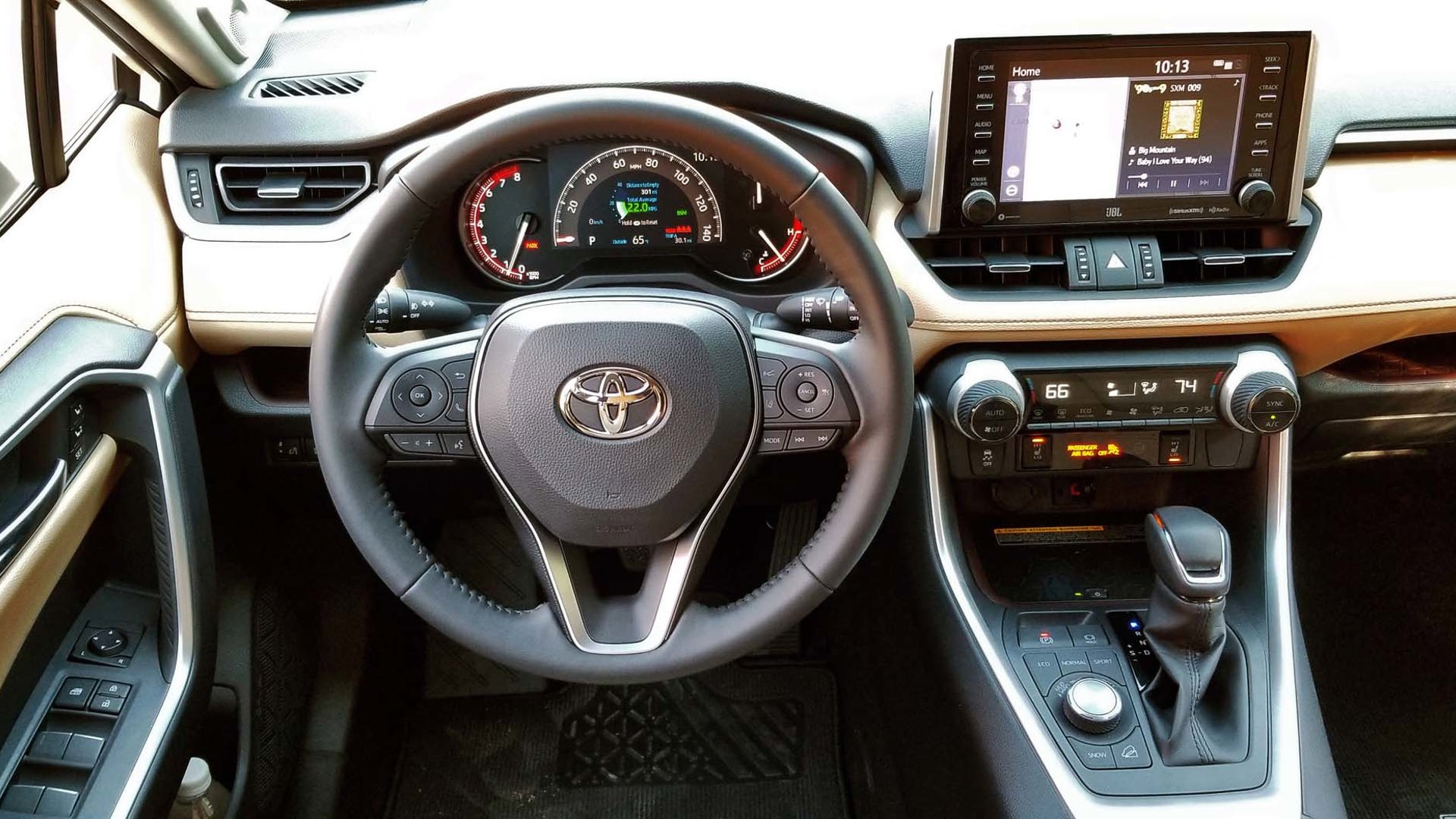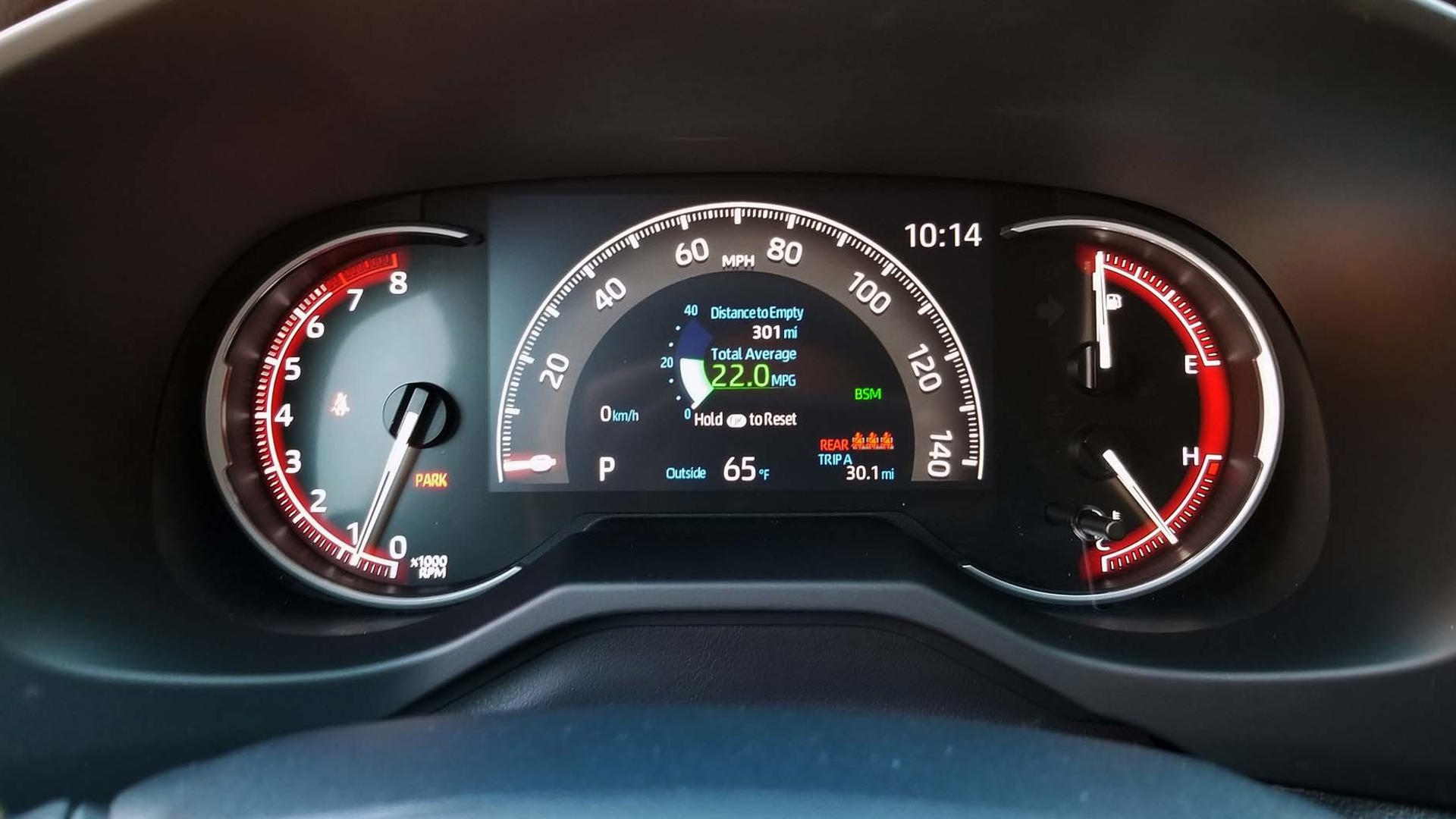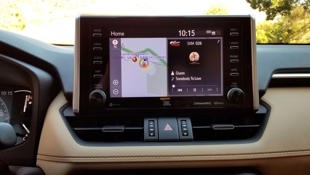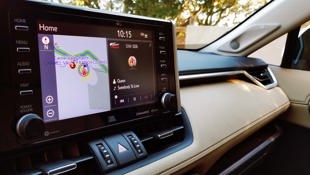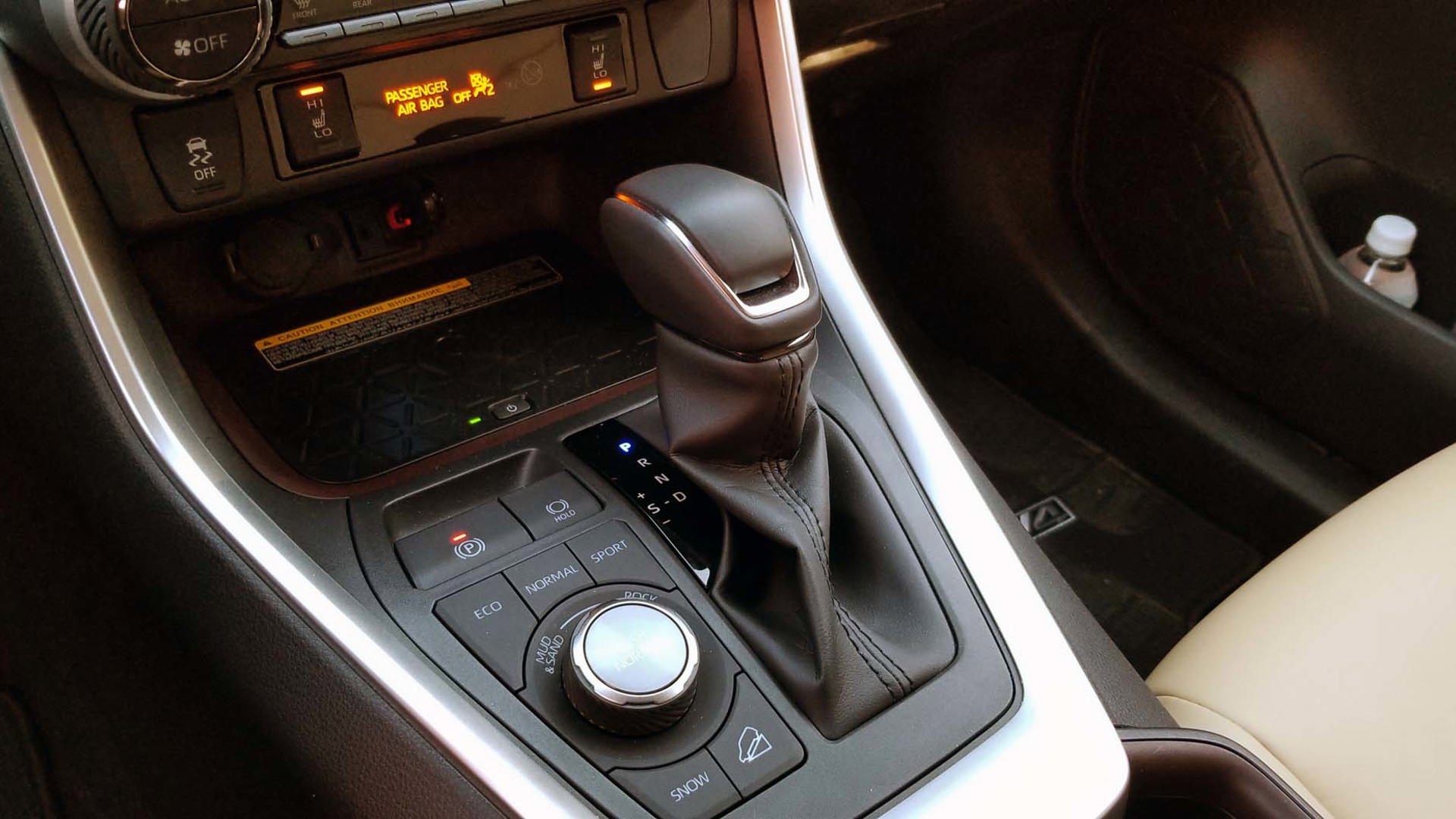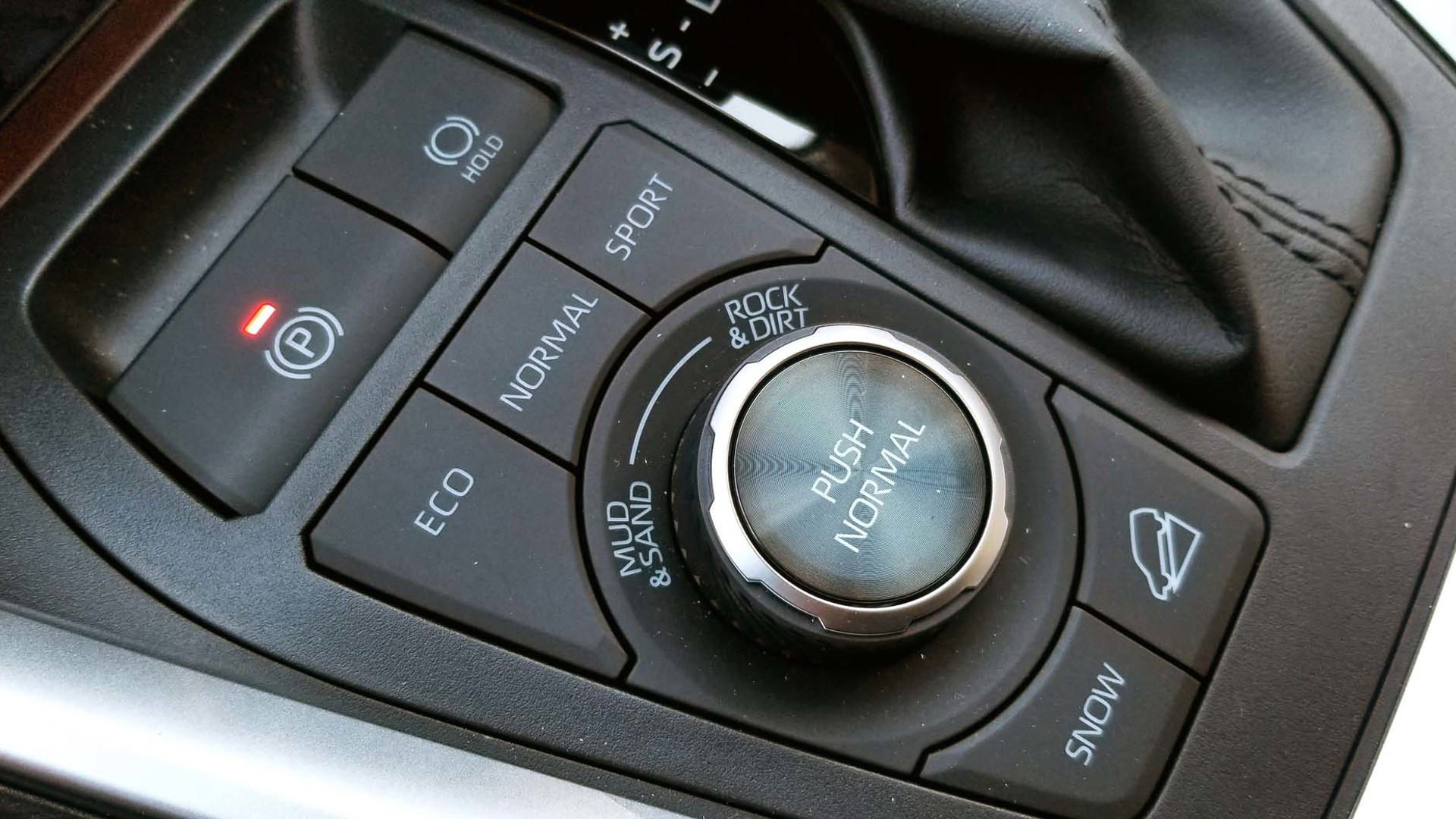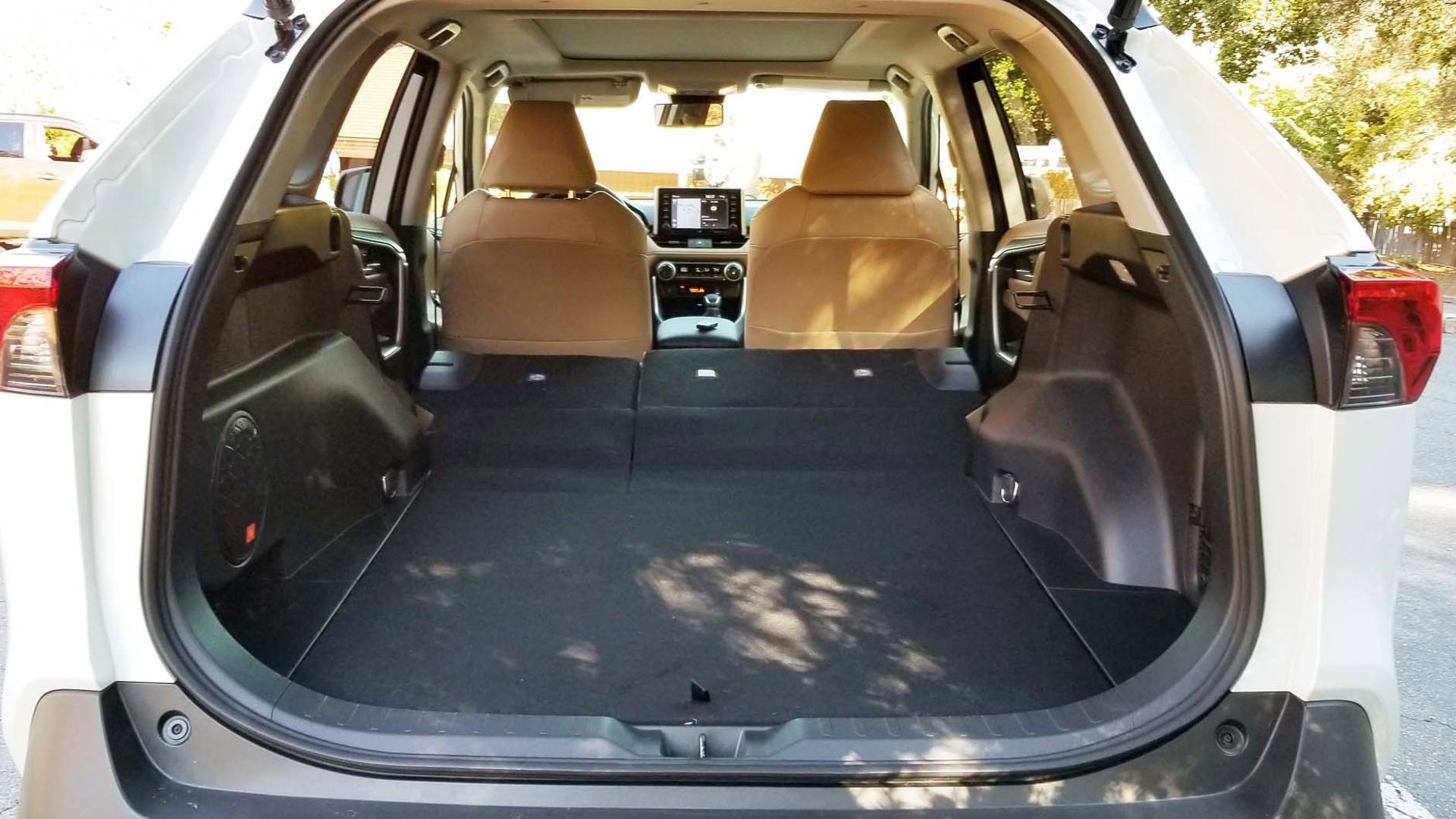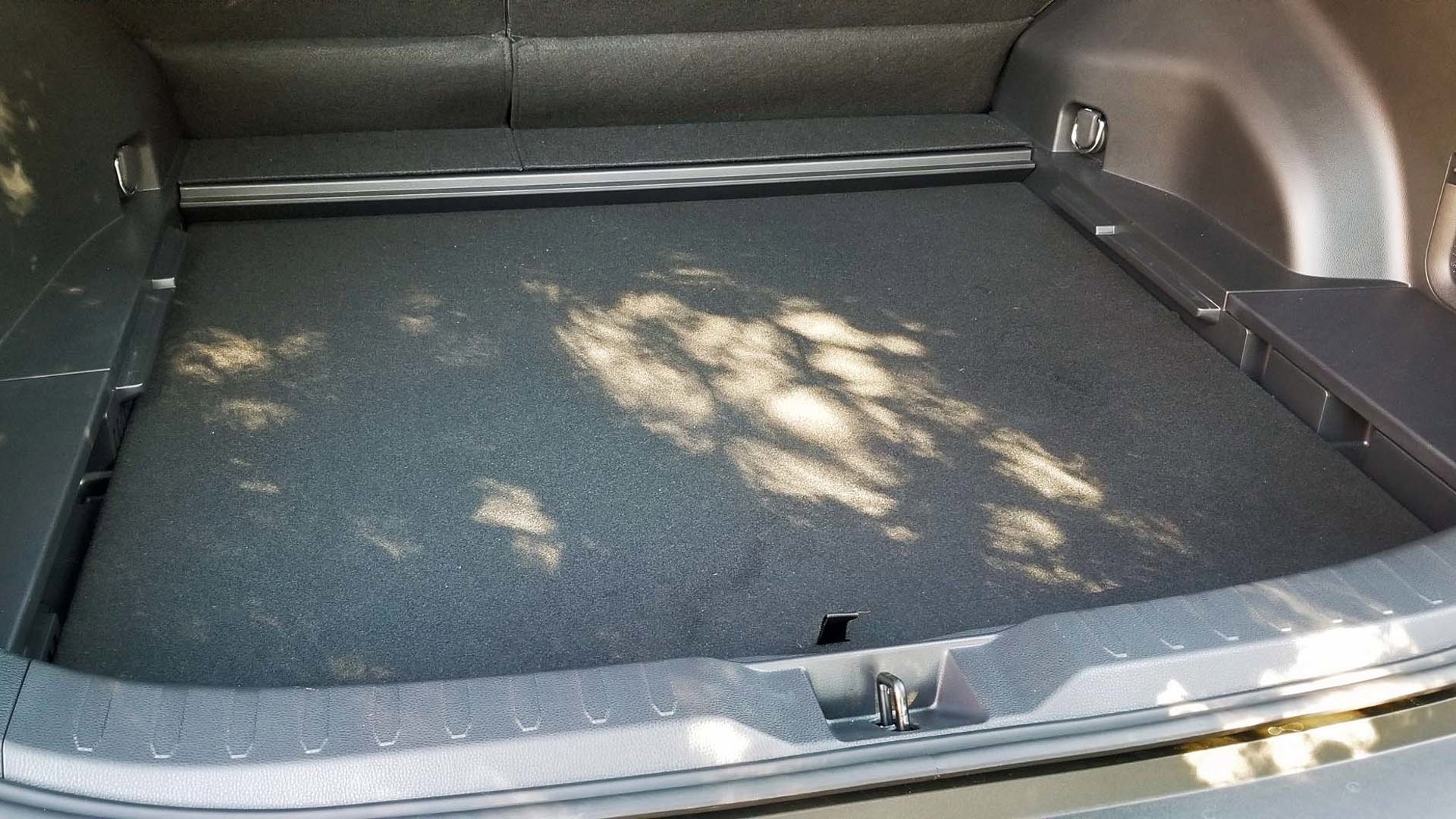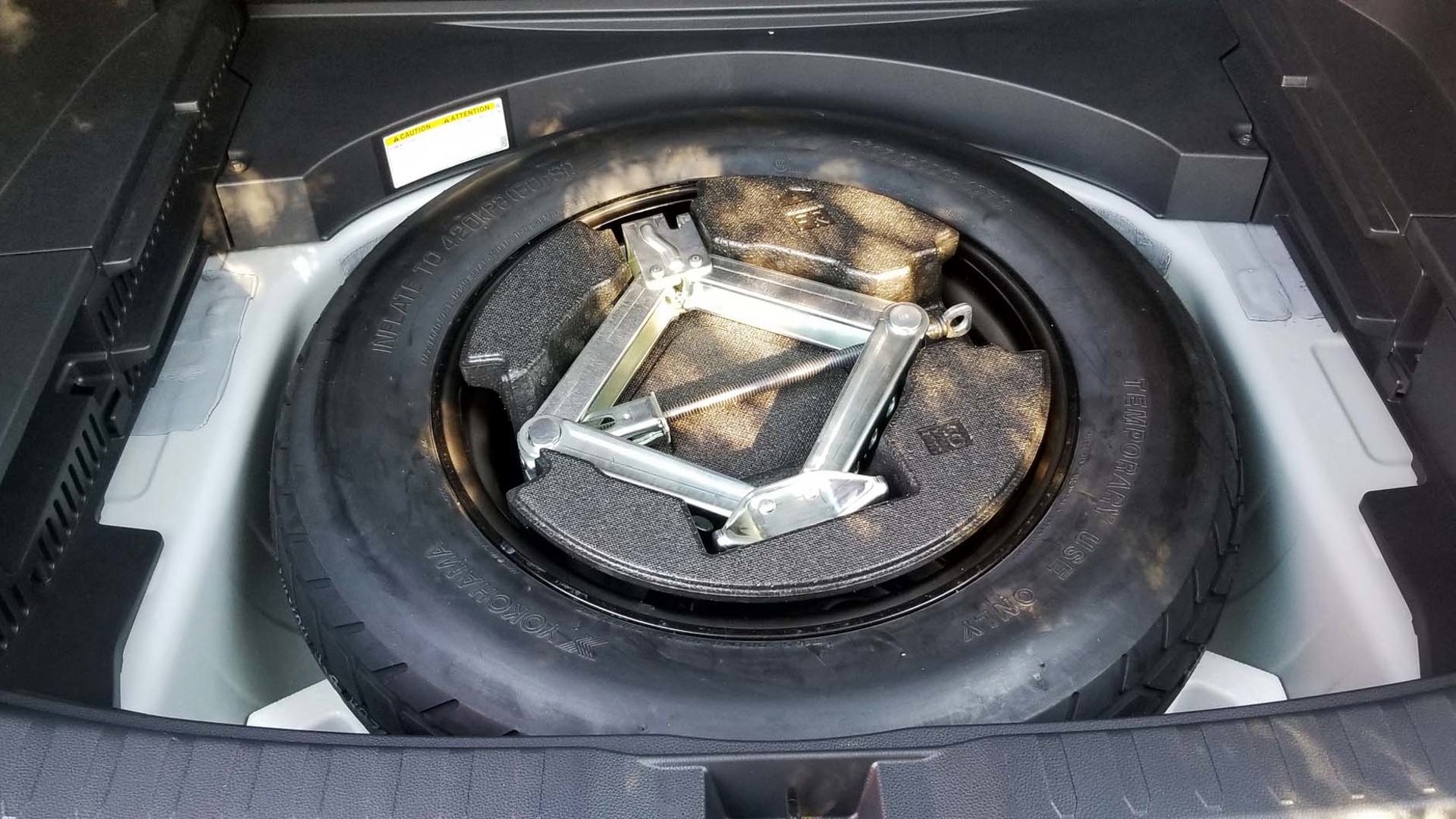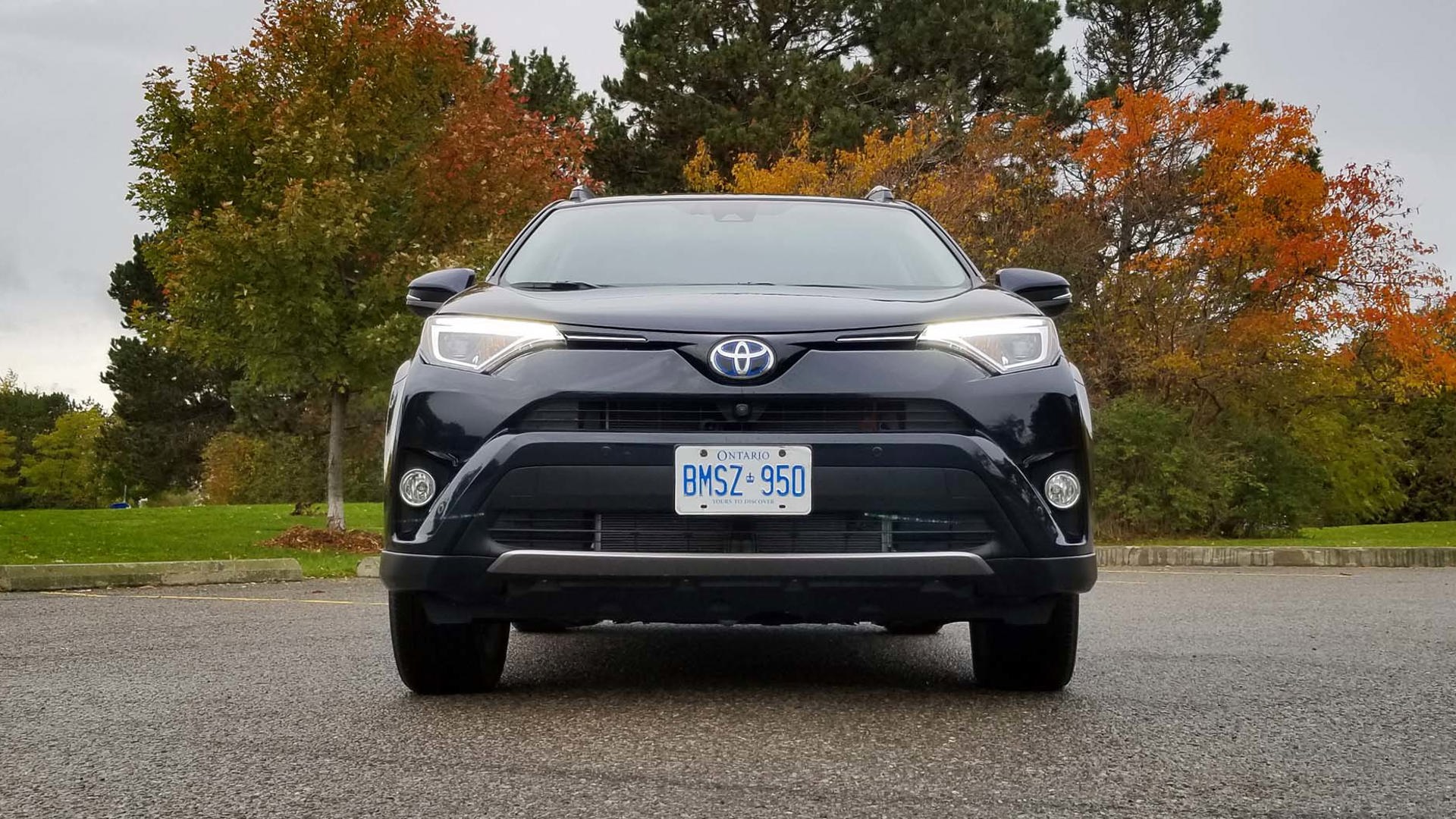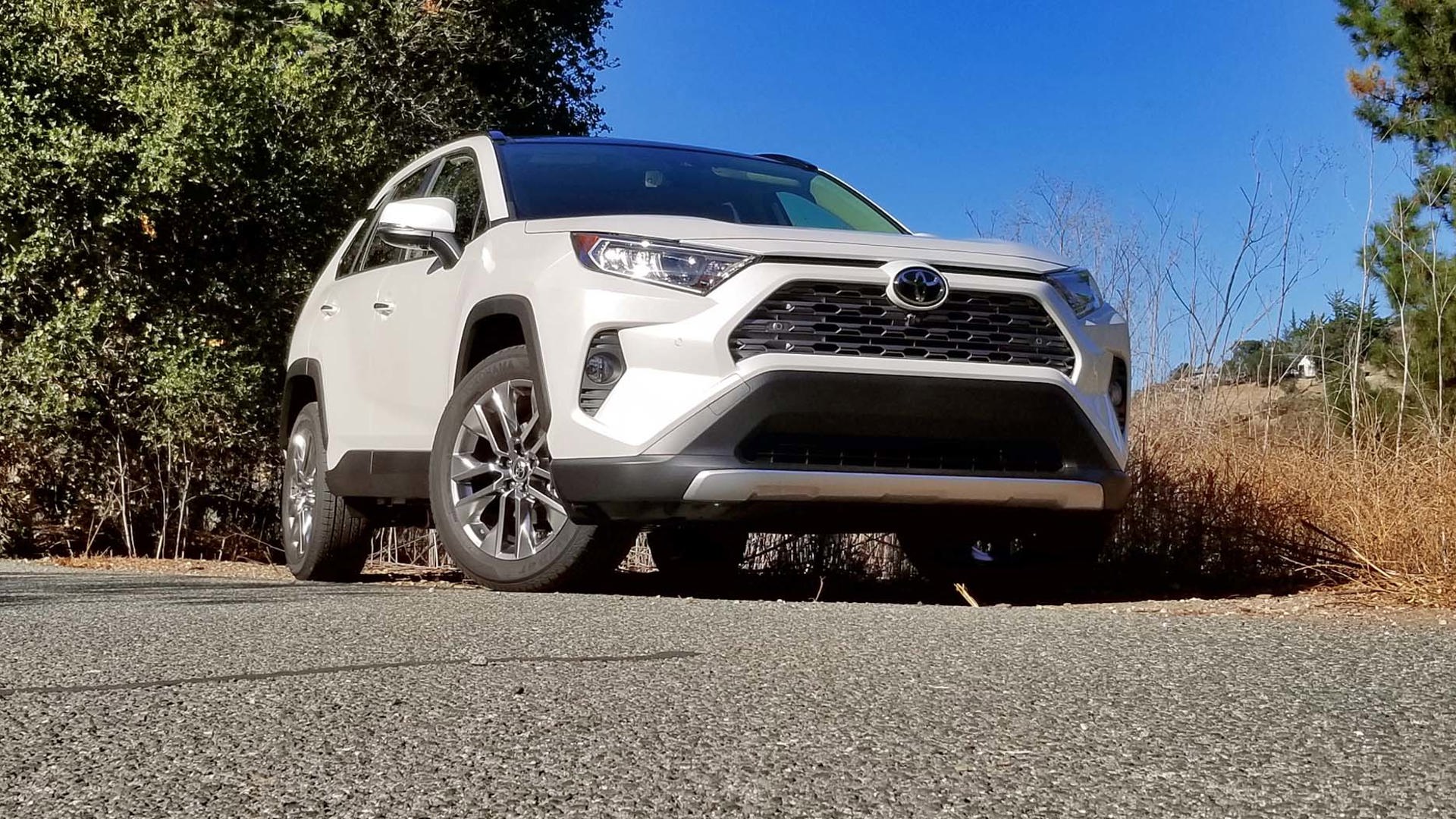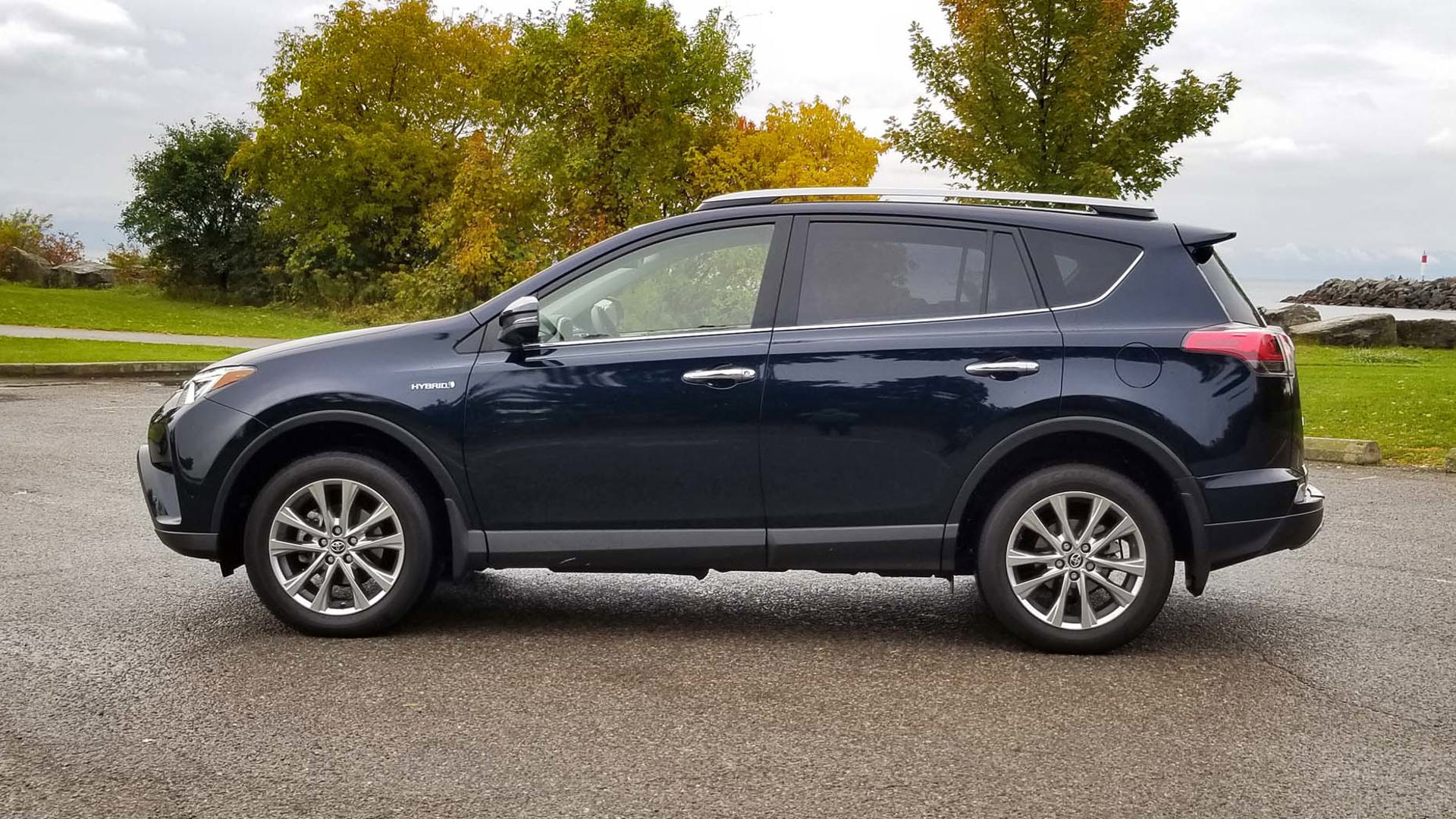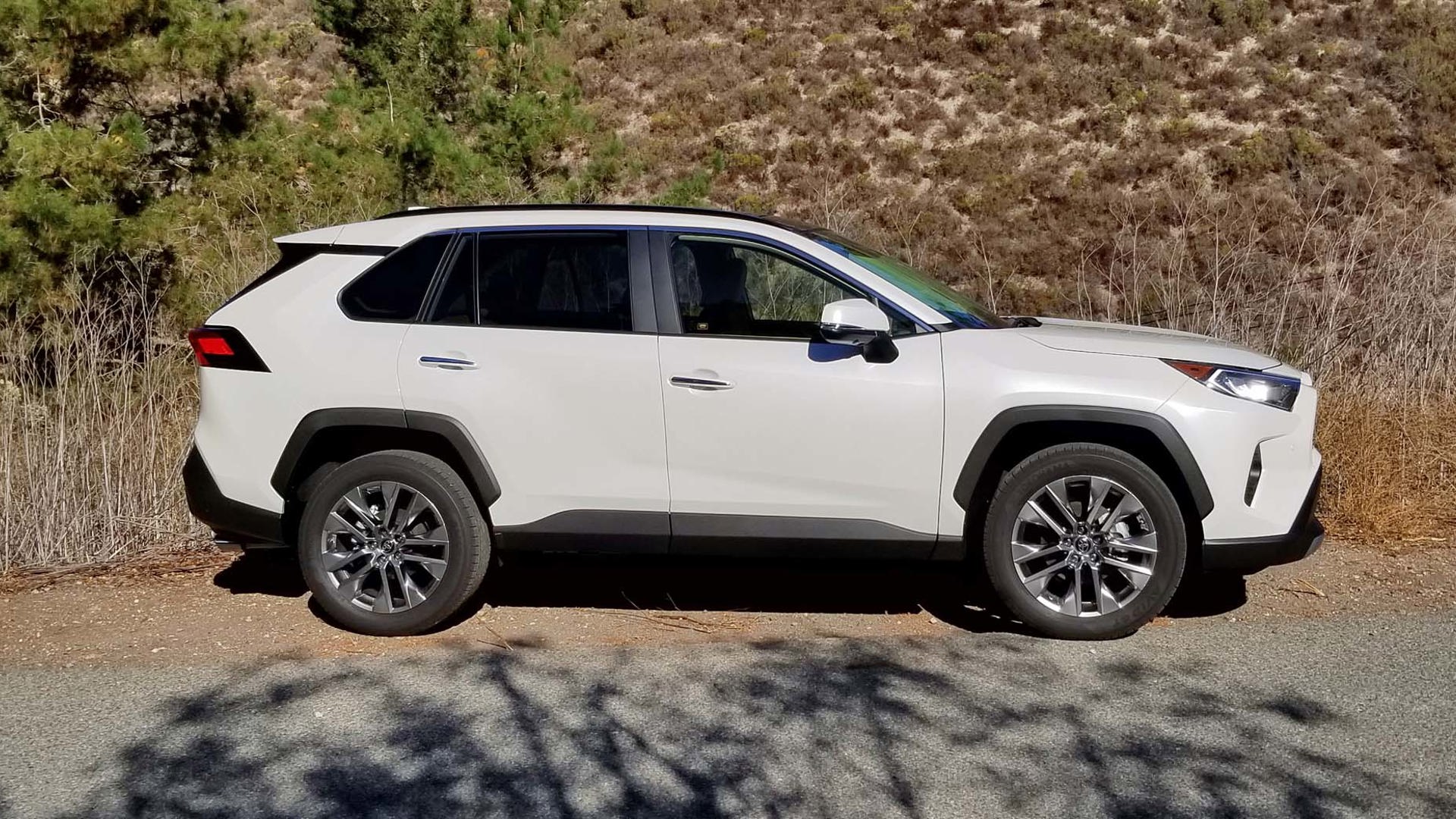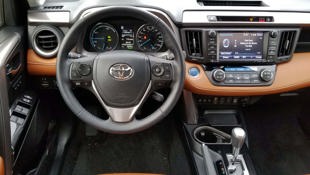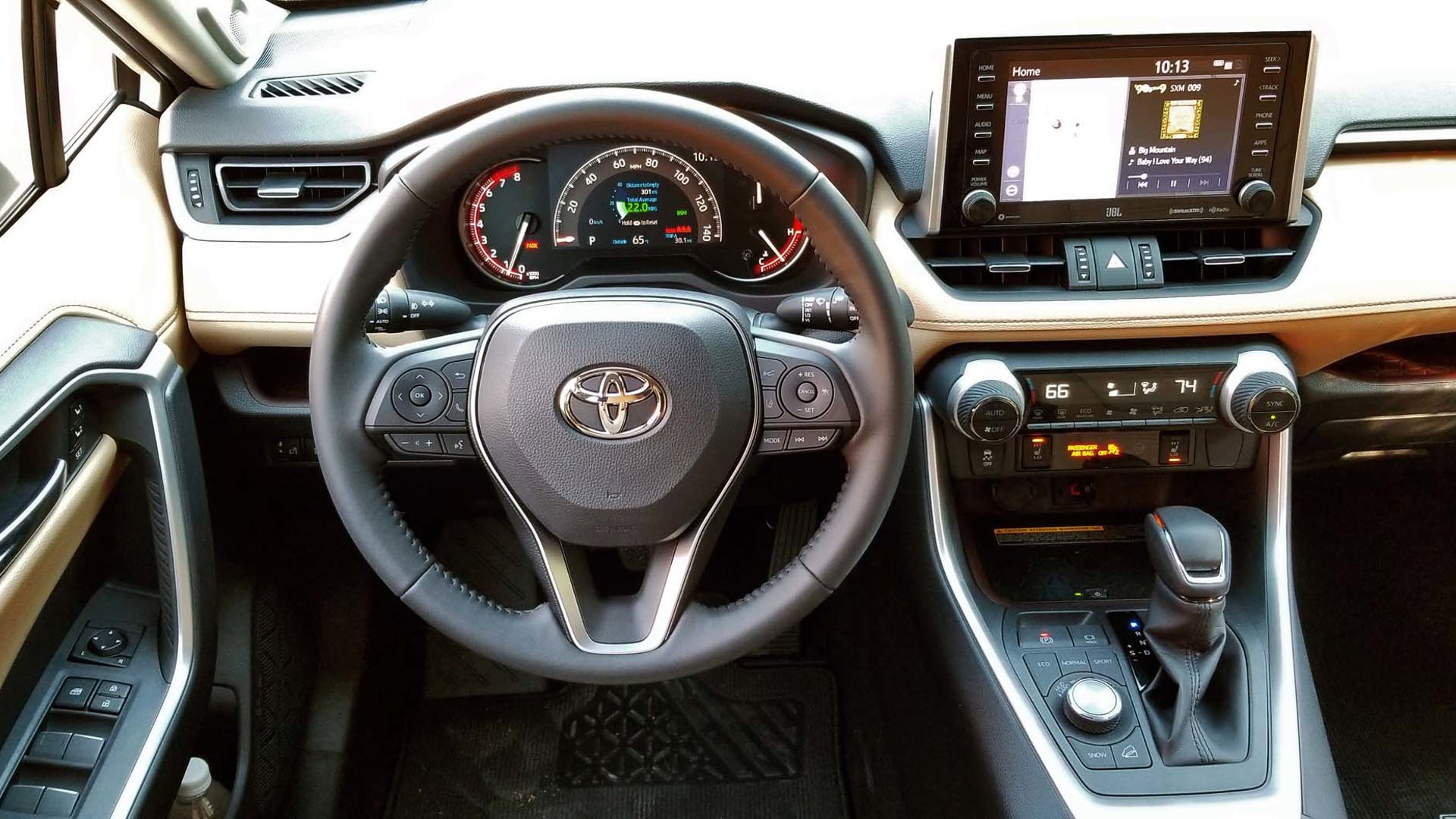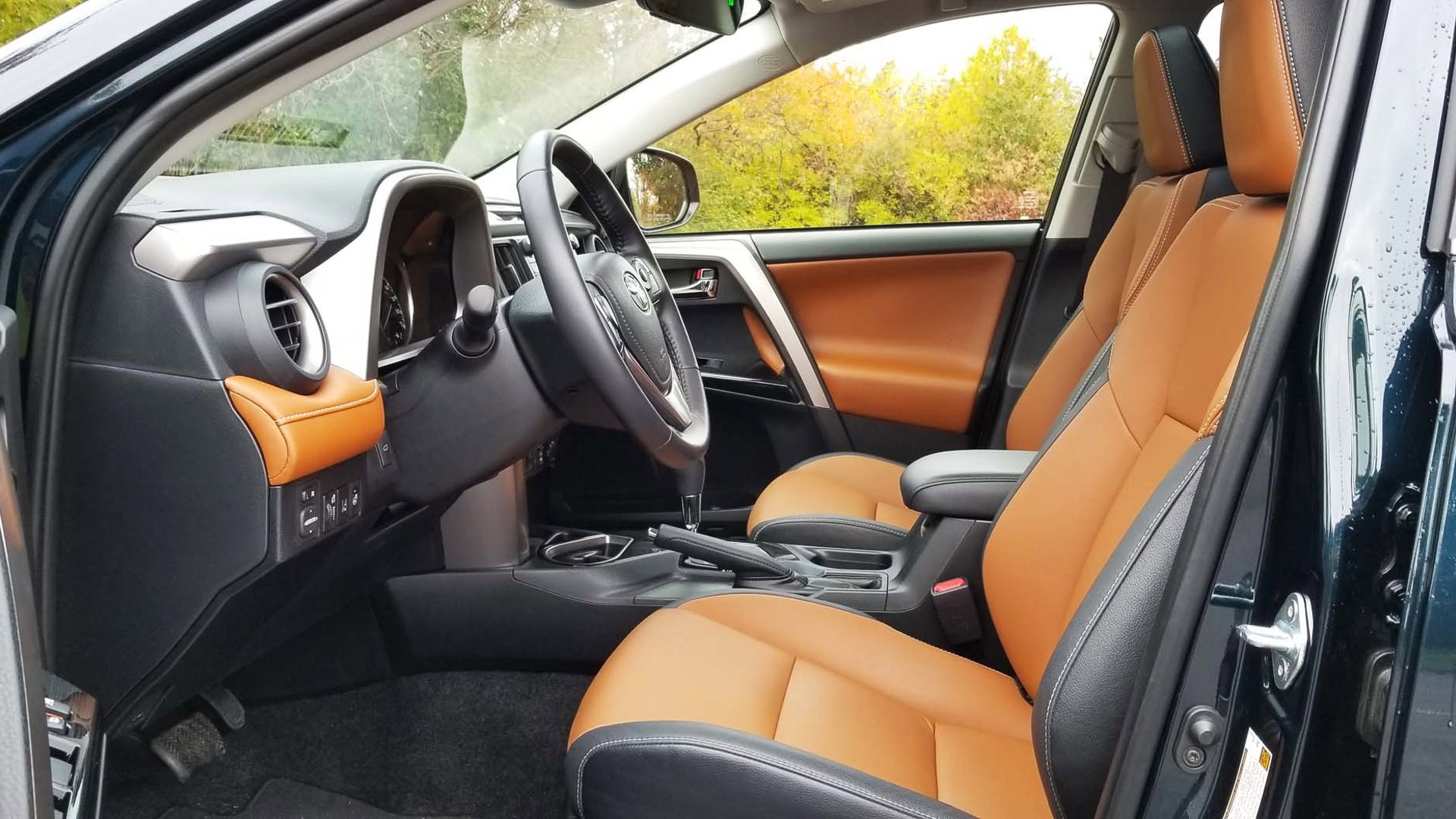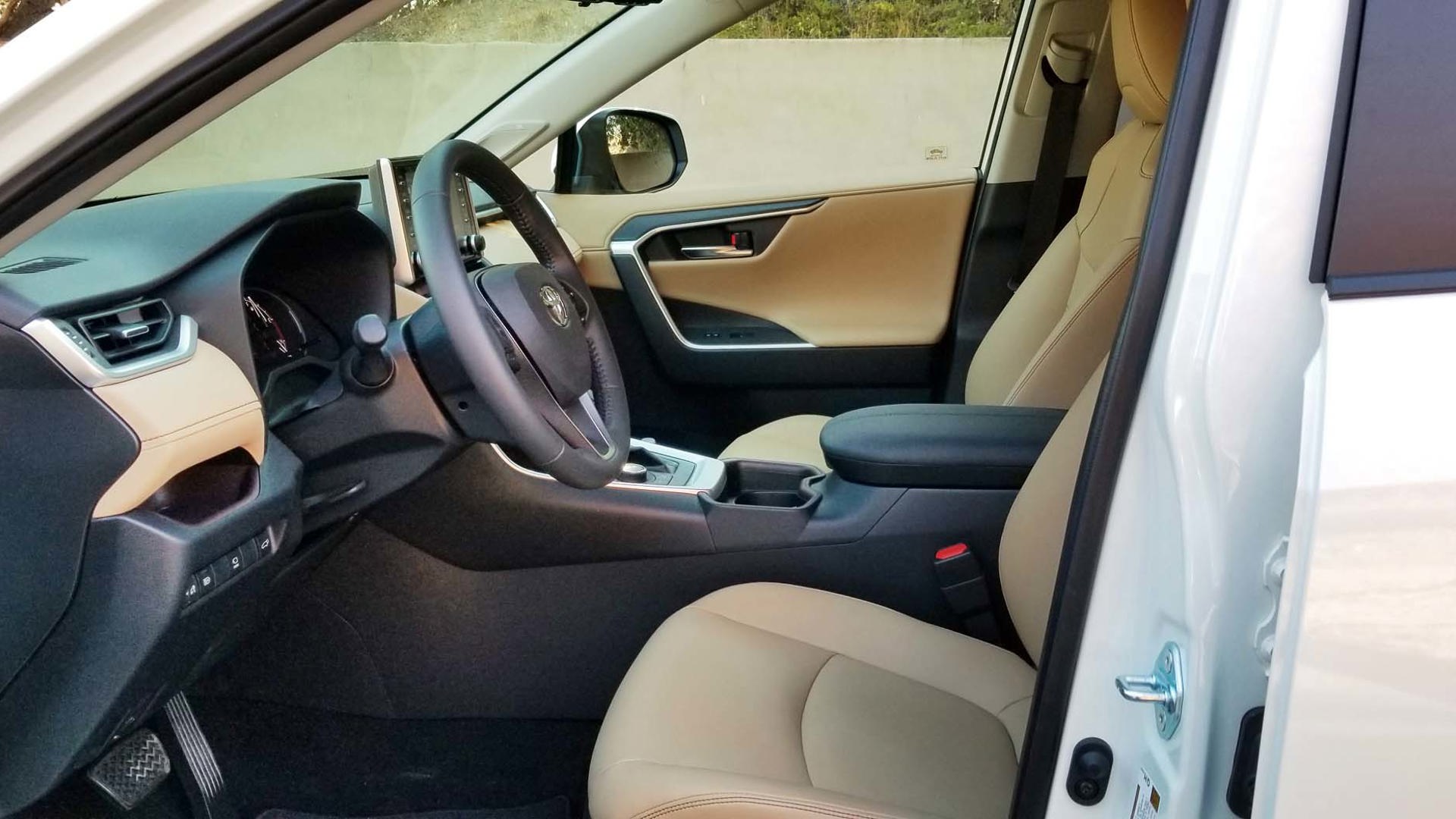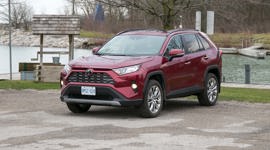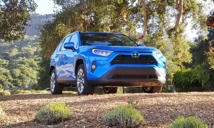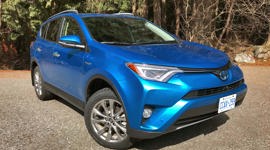“There are bolts and washers in common with the previous model, but everything else is brand-new.”
Very clear handling improvements on the road that even the least particular drivers will notice.
This description of the 2019 Toyota RAV4 came directly from Yoshikazu Saeki, its Chief Engineer.
If you’re cross-shopping the 2018 version with the all-new, fifth-generation 2019 model, you’re not comparing apples to apples in the least. As Saeki-san said, everything is different, from the underpinnings of the platform to the exterior and interior design, the powertrains, and precisely what you’re getting for your dollar at the various grade levels.
Does that mean that absolutely everyone should leave the 2018s on the lots? Not at all. They’re still good enough cars to have been the best-selling SUV in the country for the last two years in a row. Deciding between them is simply a matter of understanding what your own priorities are.
More Choice of Character
Right off the top, the 2019 RAV4’s grade structure makes it clear that Toyota is looking to attract new types of buyers to its ranks.
The 2018 version has four grades, the first two with optional all-wheel drive and the top two equipped with it as standard, and three grades on the hybrid model.
In 2019, the RAV4 keeps the FWD standard/AWD optional LE and XLE grades and adds XLE Plus with standard AWD and a new Trail grade equipped with more off-roading features before jumping to the top-tier Limited.
The hybrid side retains its standard AWD through a more expansive grade structure that starts with LE and XLE and then adds the XSE sport-oriented model, which in 2019 is only available as a hybrid, and finally the top-tier Limited. A full trim walk-through outlining the features at each grade can be found in the 2019 Toyota RAV4 First Drive.
In short, given what a volume vehicle the fourth-generation RAV4 turned out to be, it didn’t try very hard to please people with varying desires. The new one does, and it’s well-positioned to succeed at it, too.
New Platform Makes All the Difference
The 2019 RAV4 is built on the Toyota New Global Architecture platform already supporting the new Camry, Avalon, and Lexus ES, which has brought with it some measurement changes: a 30 mm longer wheelbase than the 2018 – most of which is used to lengthen the second row – along with a 35 mm wider front track, 45 mm wider rear track, and 10 mm more overall width. The new underpinnings are 57 percent more structurally rigid than the 2018 version, and the front and rear overhangs are shortened for better off-road manoeuvrability.
In practice, this all makes for very clear handling improvements on the road that even the least particular drivers will notice. If on-road manners are a decision factor for you, you’ll want to go with the 2019.
Updated Powertrains Put Hybrids on Top
The engine configurations sound very similar between the 2018 and 2019 versions, but they’re more different than they seem.
2018 gas-powered models come with a 2.5-litre, naturally aspirated four-cylinder engine with variable valve timing that’s good for 176 hp and 172 lb-ft of torque at 4,100 rpm, paired with a six-speed automatic transmission. In the hybrids, this same engine is helped along by a single electric motor and a nickel–metal hydride battery (which encroaches slightly into the cargo area, by the way) for a total system output of 194 hp and matched with a continuously variable transmission.
The TNGA platform used in the 2019 brings with it a new generation of engine and along a new set of powertrain configurations. Both the gas- and hybrid-powered models start with a newer 2.5-litre naturally aspirated four-cylinder engine with variable valve timing, the same one that launched on the 2018 Camry. When on its own in the gas-powered grades, it’s mated with a new eight-speed automatic transmission and produces 203 hp and 184 lb-ft of torque at 5,000 rpm. In the hybrids, this same engine is aided by two electric motors, the same system used in the new Prius, and an updated CVT to make a combined total of 219 hp.
For 2019, Limited and Trail grades come with a torque-vectoring all-wheel drive system that can send 50 percent of available torque to the rear wheels and distribute it from left to right to enhance handling in cornering or low-traction situations, and it can also fully disengage the rear axle to improve fuel economy on highway runs.
What does this all mean? Power delivery in the 2018s is fine, but nothing to write home about in either the gas or hybrid versions. In the 2019s, the gas-powered cars do benefit from the power bump but still feel a little slow to get going in the lower end. The new hybrids, though, fill in that early gap really nicely with that characteristic kick of initial torque, the transition between the electric motor and the gas engine is seamless, and the CVT feels smoother and more natural to roll through than the eight-speed.
Pricing isn’t out for these yet as they’ll be arriving a little bit into next year, but Toyota says that the cost gap between the hybrids and the gas models will be narrower for 2019 than it is on the 2018s. If that’s the case, of all the options presented here, a 2019 hybrid would be my first choice.
A Huge Design Shift
This is a point I find particularly interesting: the looks on the 2018 and 2019 RAV4 couldn’t be more different.
On the 2018s, the front end is decidedly more rounded, and it carries a sense of petite-ness. Inside, it’s all smooth, curved lines. It seems feminine in a way, and though Toyota says that RAV4 sales tend to split 50–50 male to female, it’s long been whispered around the industry that its visual appeal to female buyers has been a key driver in its sales success.
The 2019 version throws that all out the window by bringing the RAV4’s design more in line with Toyota’s other truck products by squaring off the corners, flattening out the grille and offering differentiation between the standard and Trail grades, and the addition of a floating roof.
The angular treatment follows through to the inside as well, where the door handles and vent accents take on distinct shapes that mimic those of the grille. Hybrid grades are available with blue accent stitching, and even the fabric seats can come in two-tone colour combinations. Compared to the 2018, the interior quality is a noticeable step up.
Will people take to the vastly different look? Only time will tell on that point.
(Mildly) Updated Toyota Safety Sense
As has been the case for a couple of years now, the 2018 RAV4 comes with standard Toyota Safety Sense P, a suite of safety technologies that’s packaged together: automatic high-beams, active cruise control, pre-collision system with pedestrian detection, and lane-departure alert.
In 2019, Toyota Safety Sense 2.0 adds two new features to that package: lane tracing, which keeps the car centred in the lane during highway driving; and a brake hold system that keeps them engaged after a stop until the driver hits the accelerator pedal.
Buying Local
The next generation of RAV4, as with the previous one, will be built at Toyota’s manufacturing facilities in Southern Ontario – in fact, the Corolla production that was done there previously is being moved to Mexico to make room for more Canadian-built RAV4s, which is good news for the Canadian economy so long as SUVs keep booming. Either way, buying a RAV4 remains a choice that supports Canada’s automotive industry, so that needn’t play a role in choosing between the two model years.
How Long Will I Have a Choice?
2019 gas-powered RAV4s are on dealer lots now, which means that 2018s are ready to be cleared out. The newer hybrid models, though, aren’t arriving until the spring. That gives buyers more time to watch the pricing trends on 2018s as hybrid pricing lands closer to launch and the need to move the fourth-gen cars gets stronger.
That said, the 2019 RAV4 is clearly the better car in just about every way that’s not purely subjective. But for a particular set of buyers – I’m thinking of my neighbour who wondered about a 2018 hybrid for his elderly father, for example, who doesn’t care about things like power and handling so much as price – picking up a 2018 could wind up being a frugal option.
